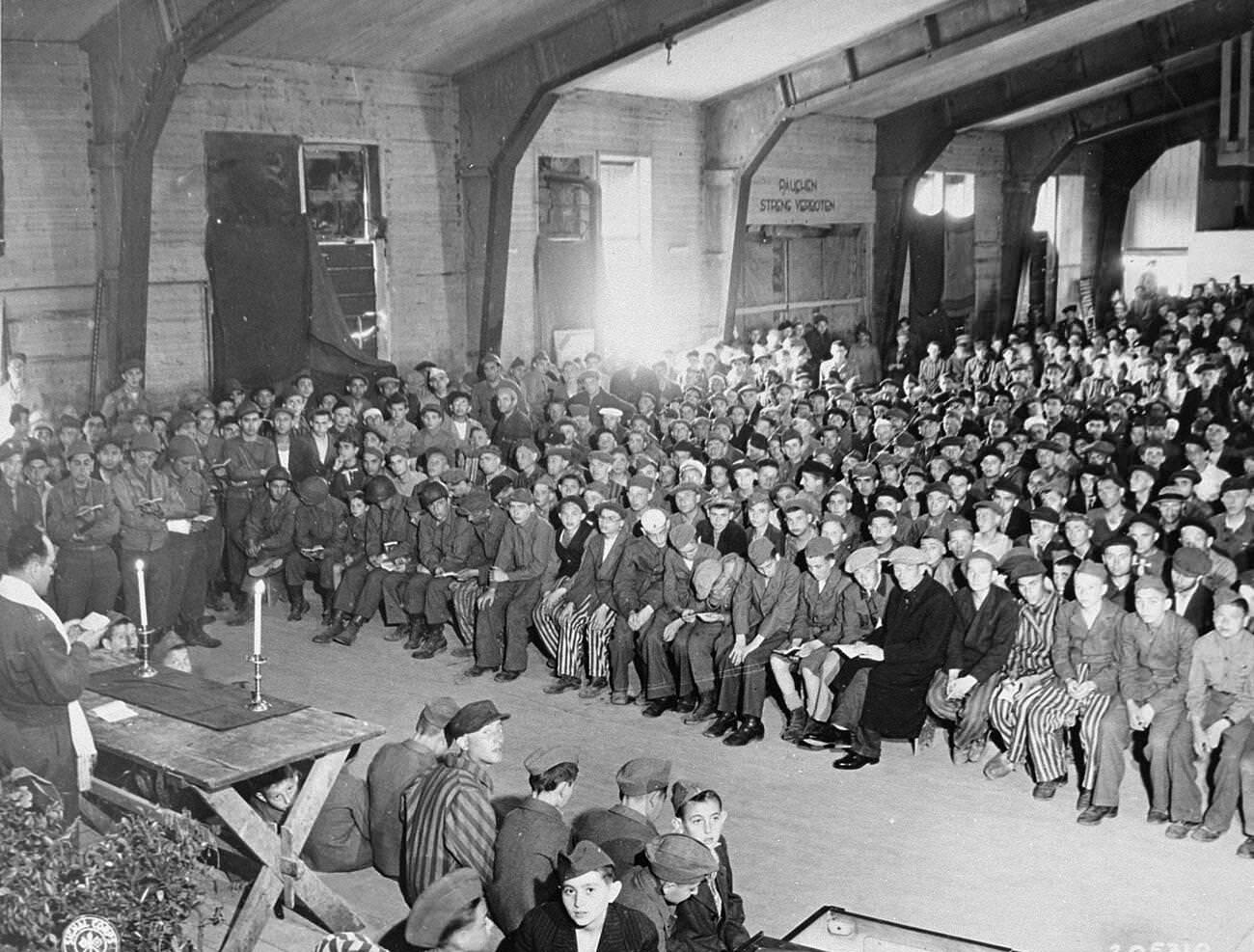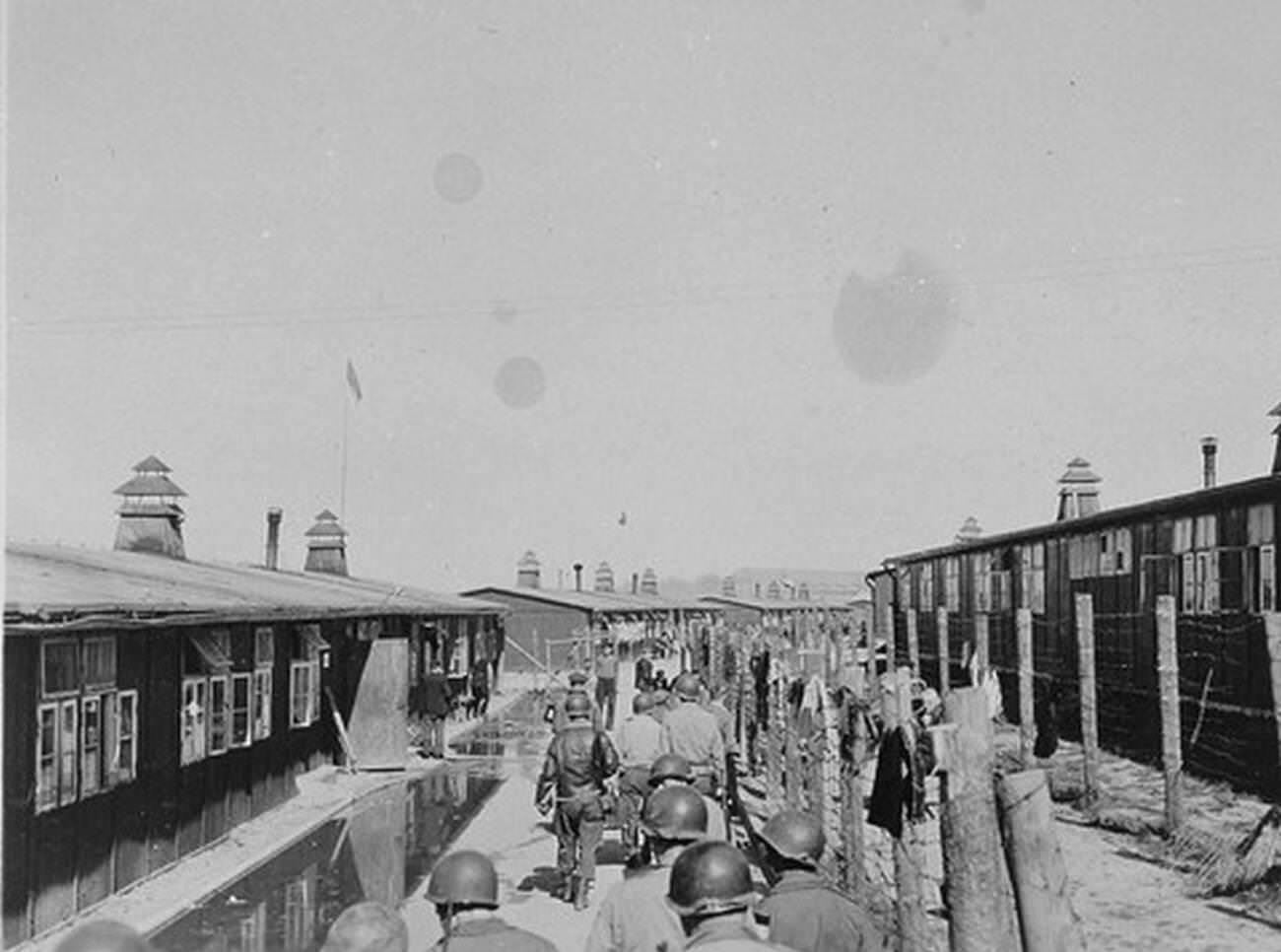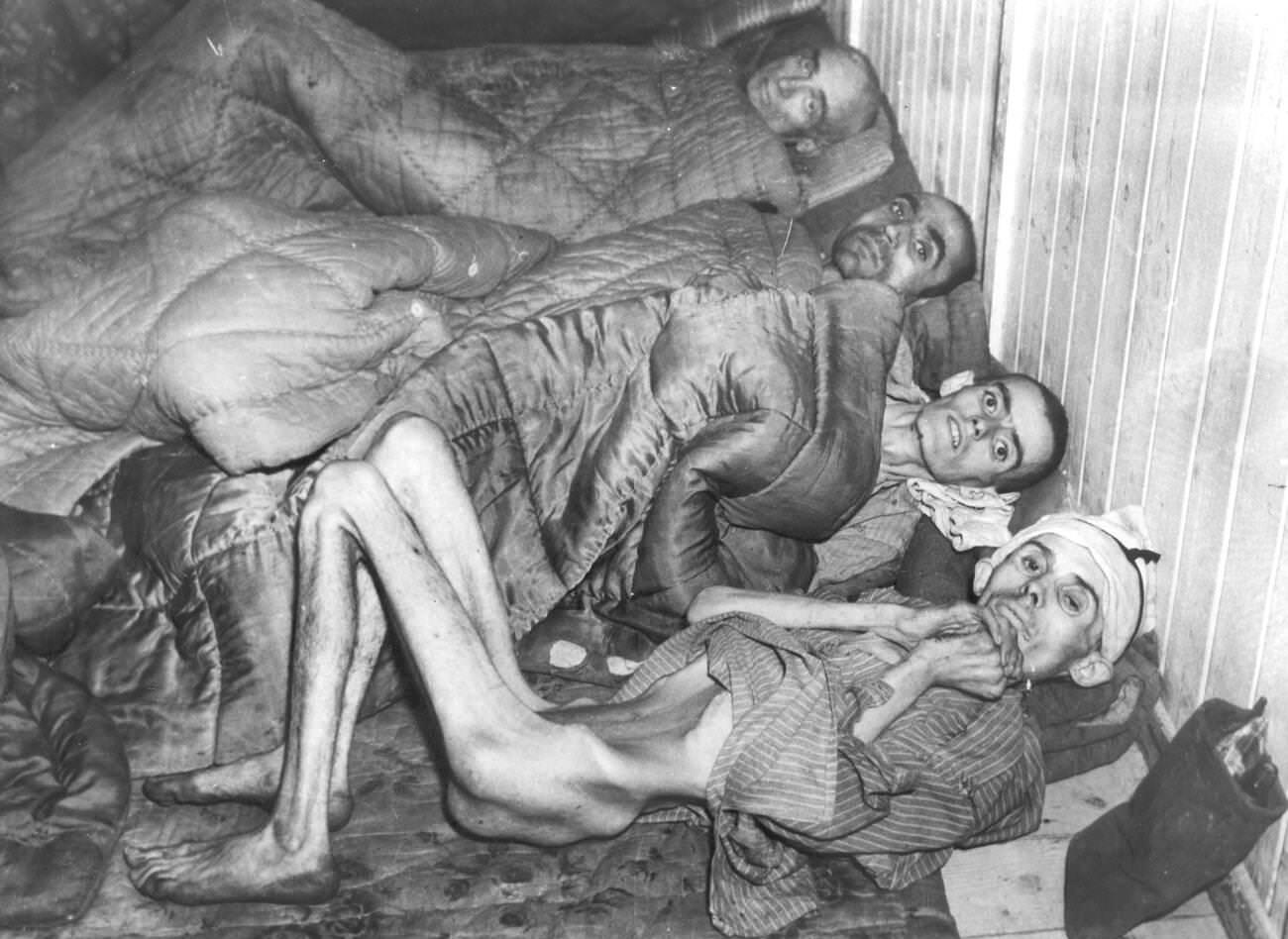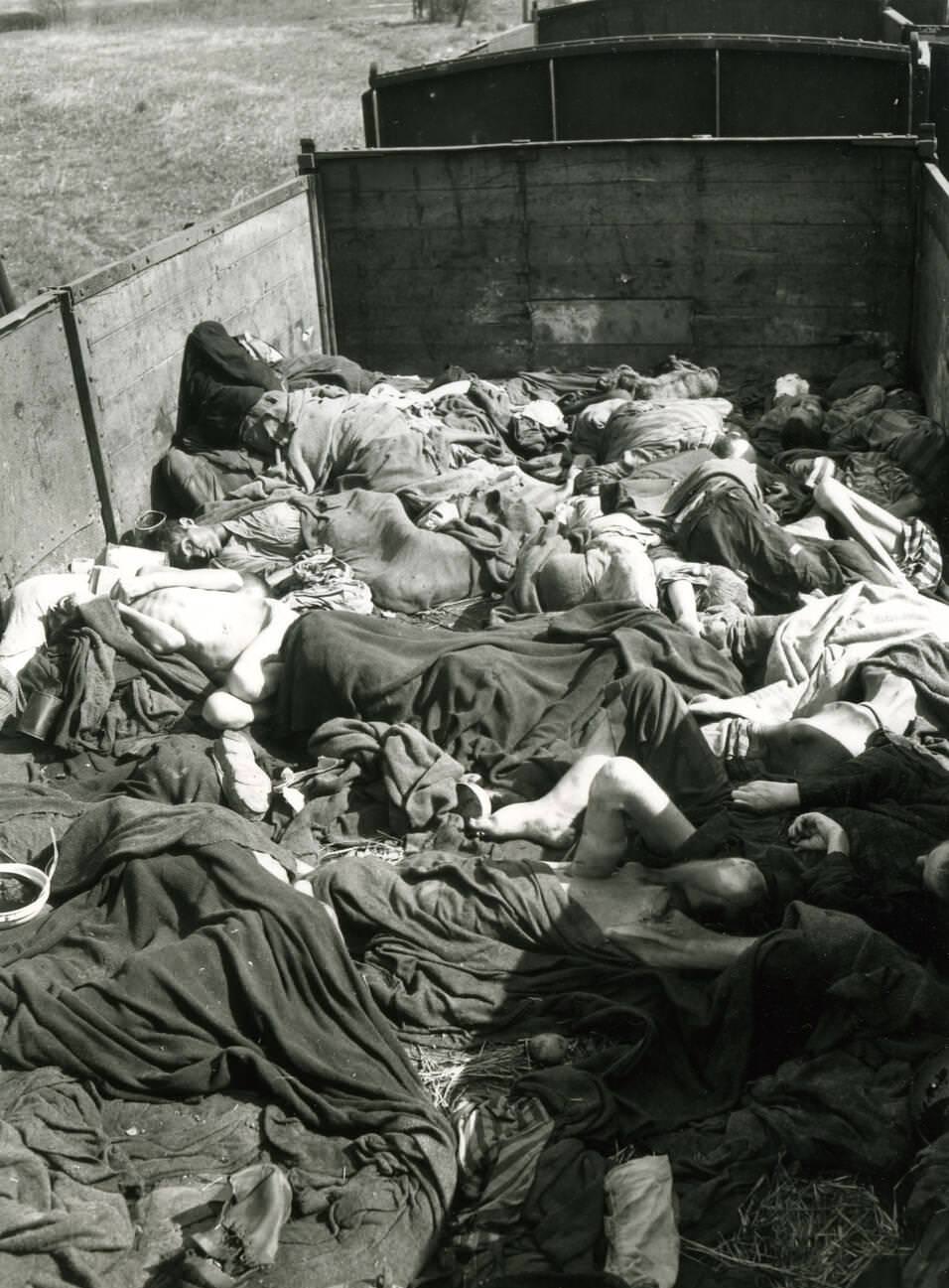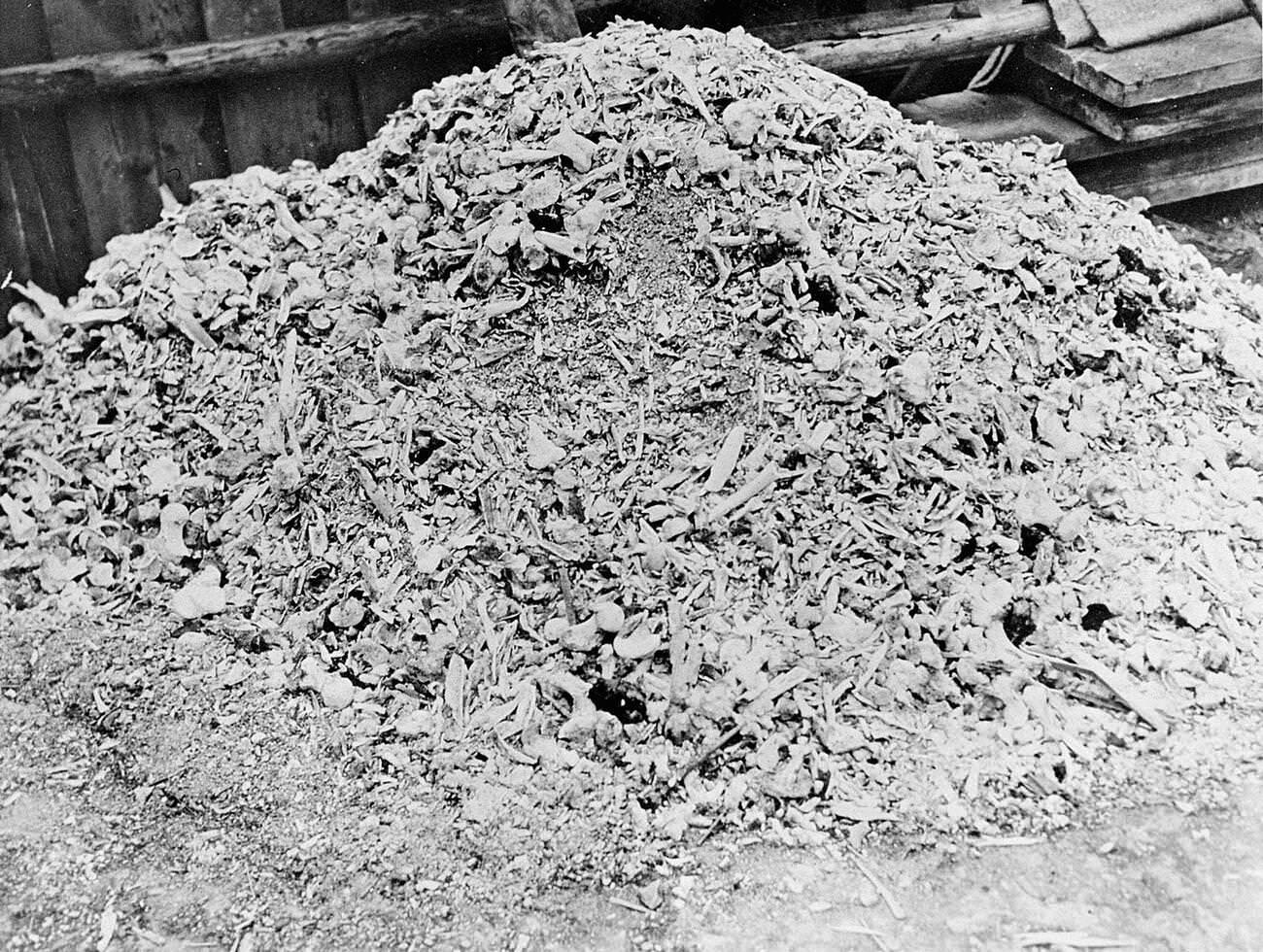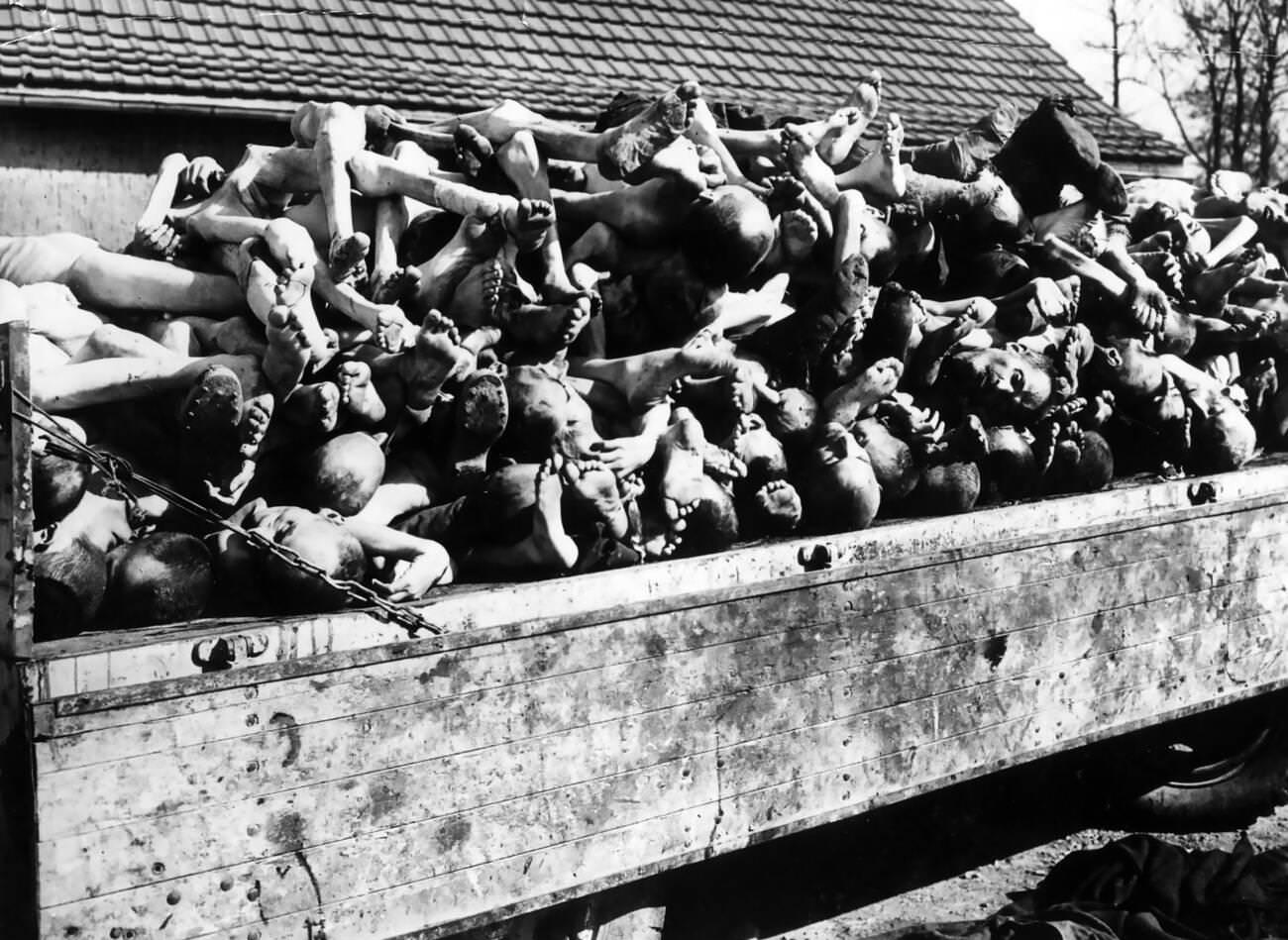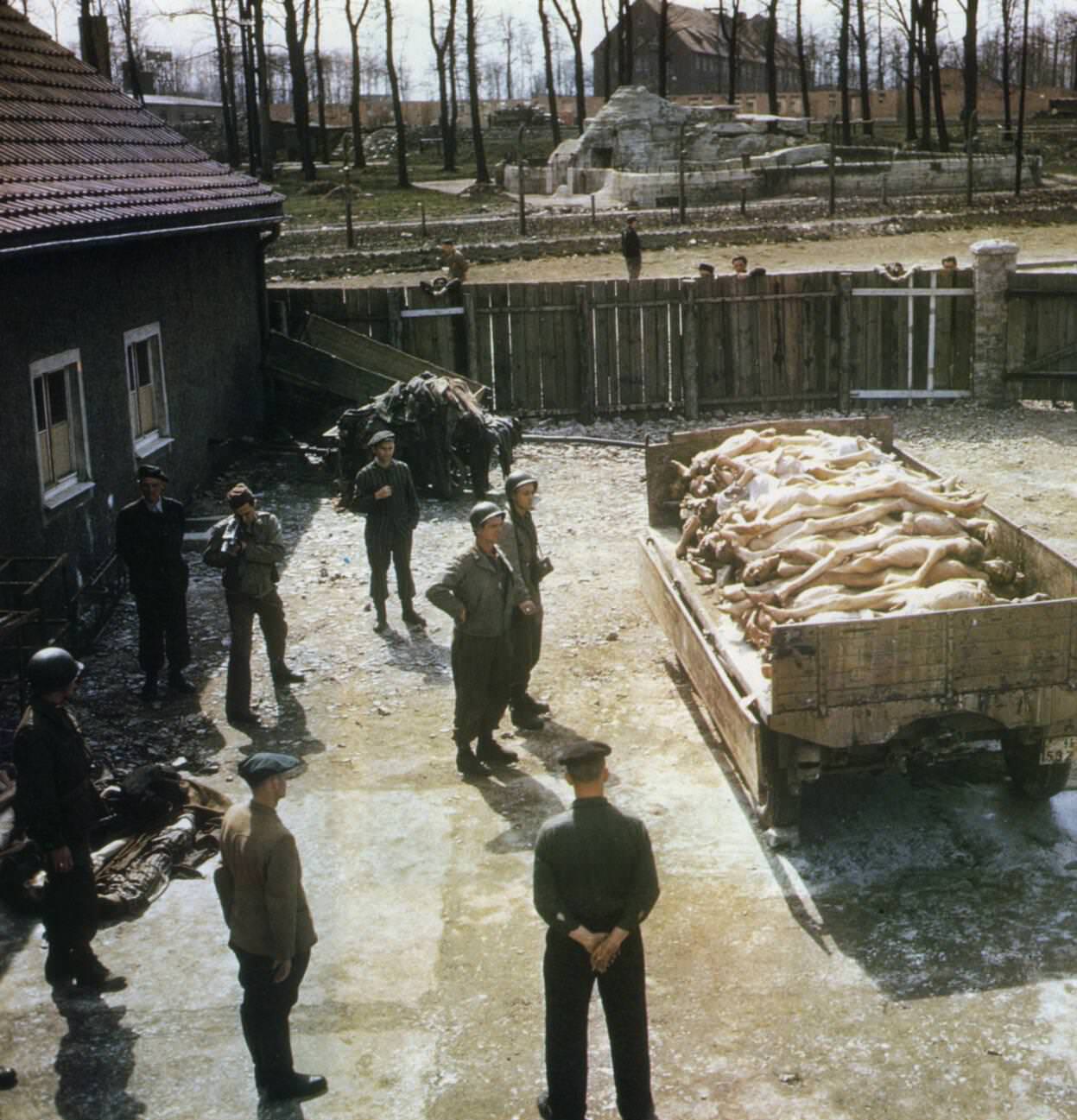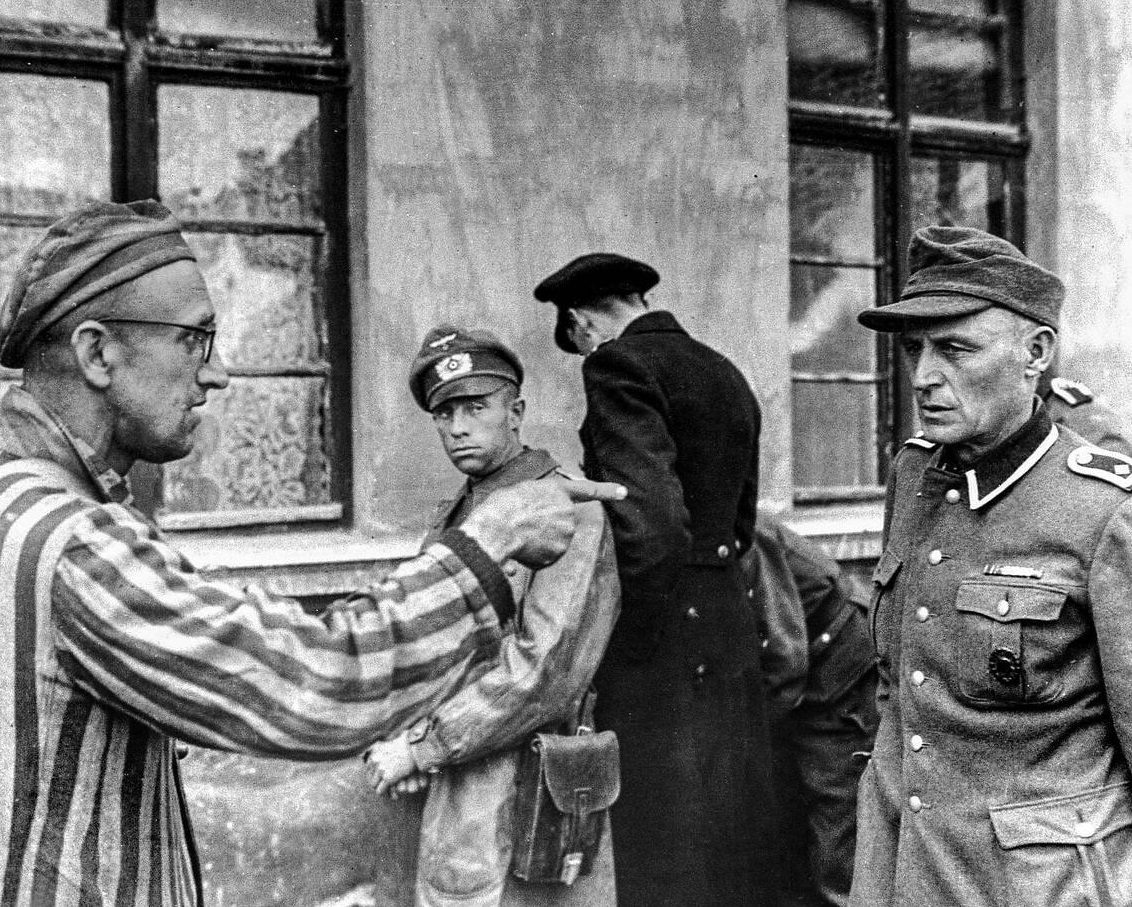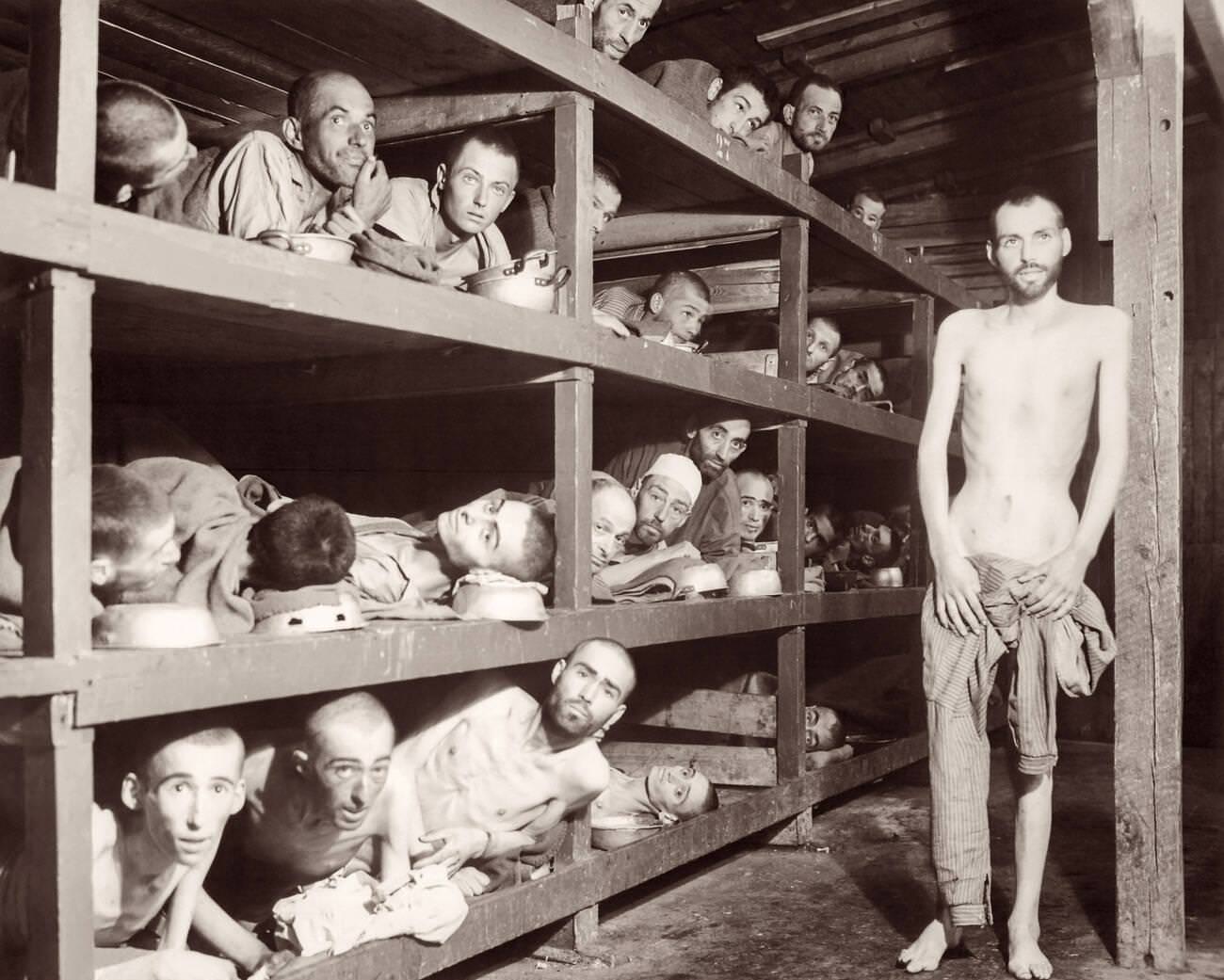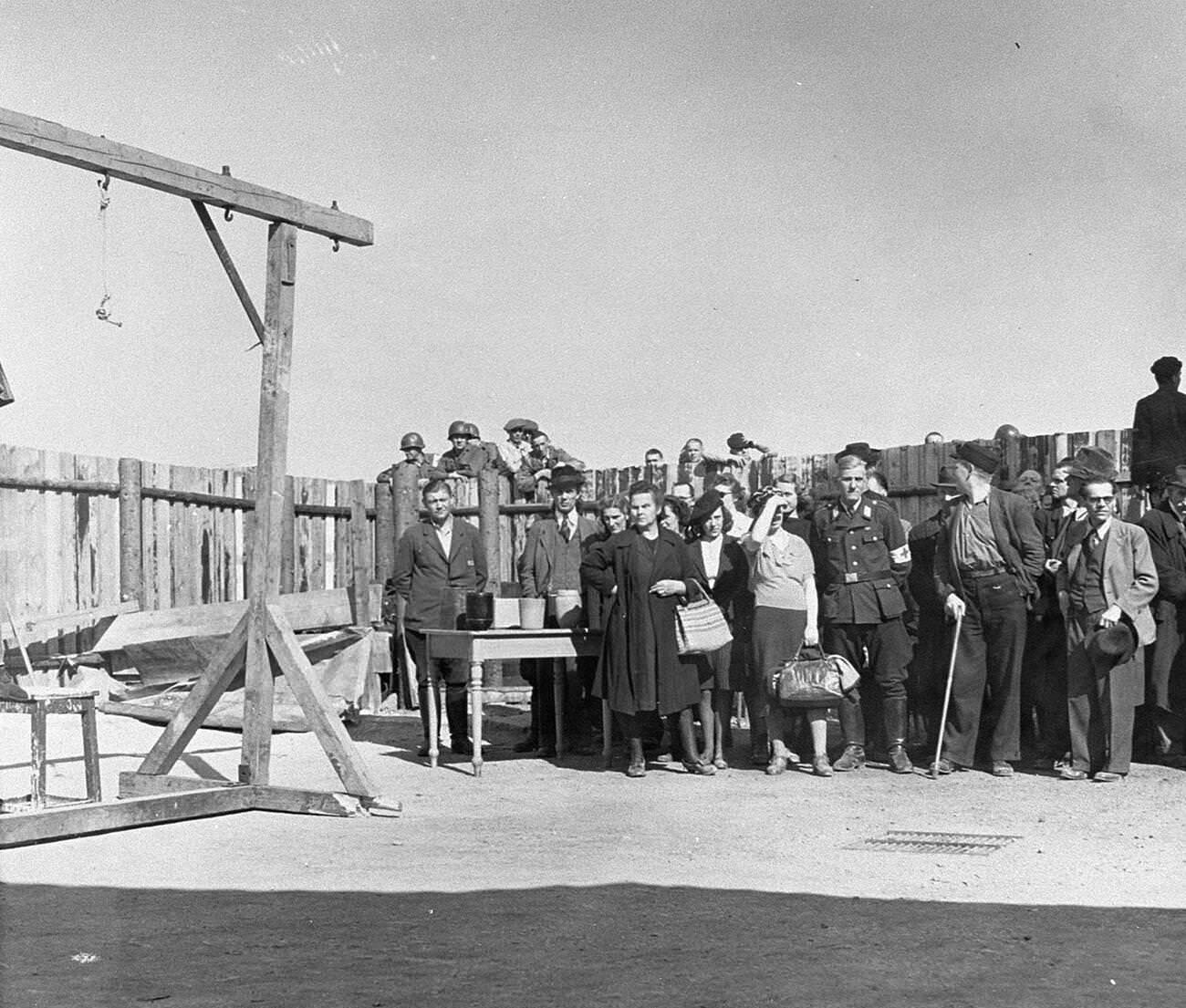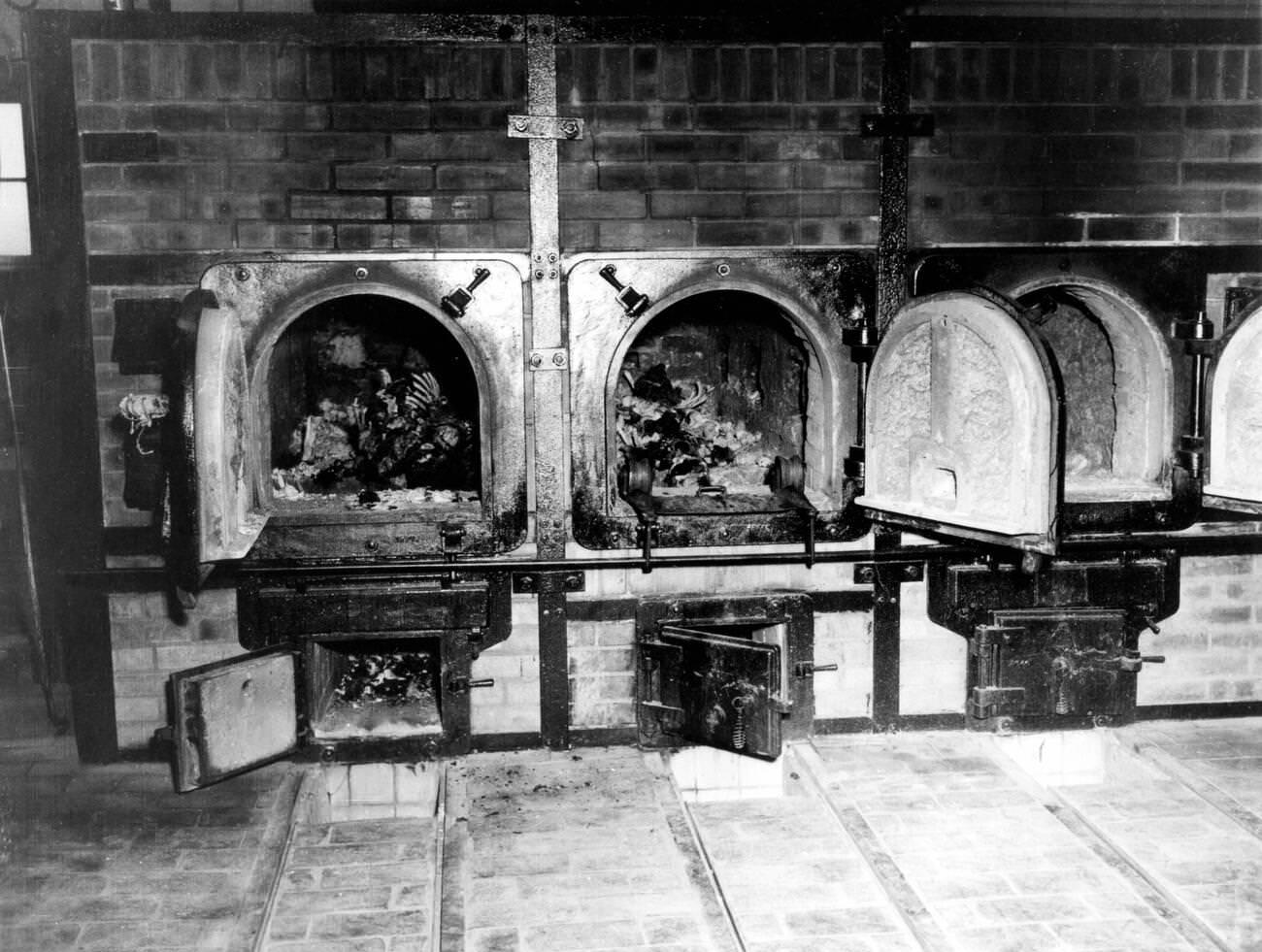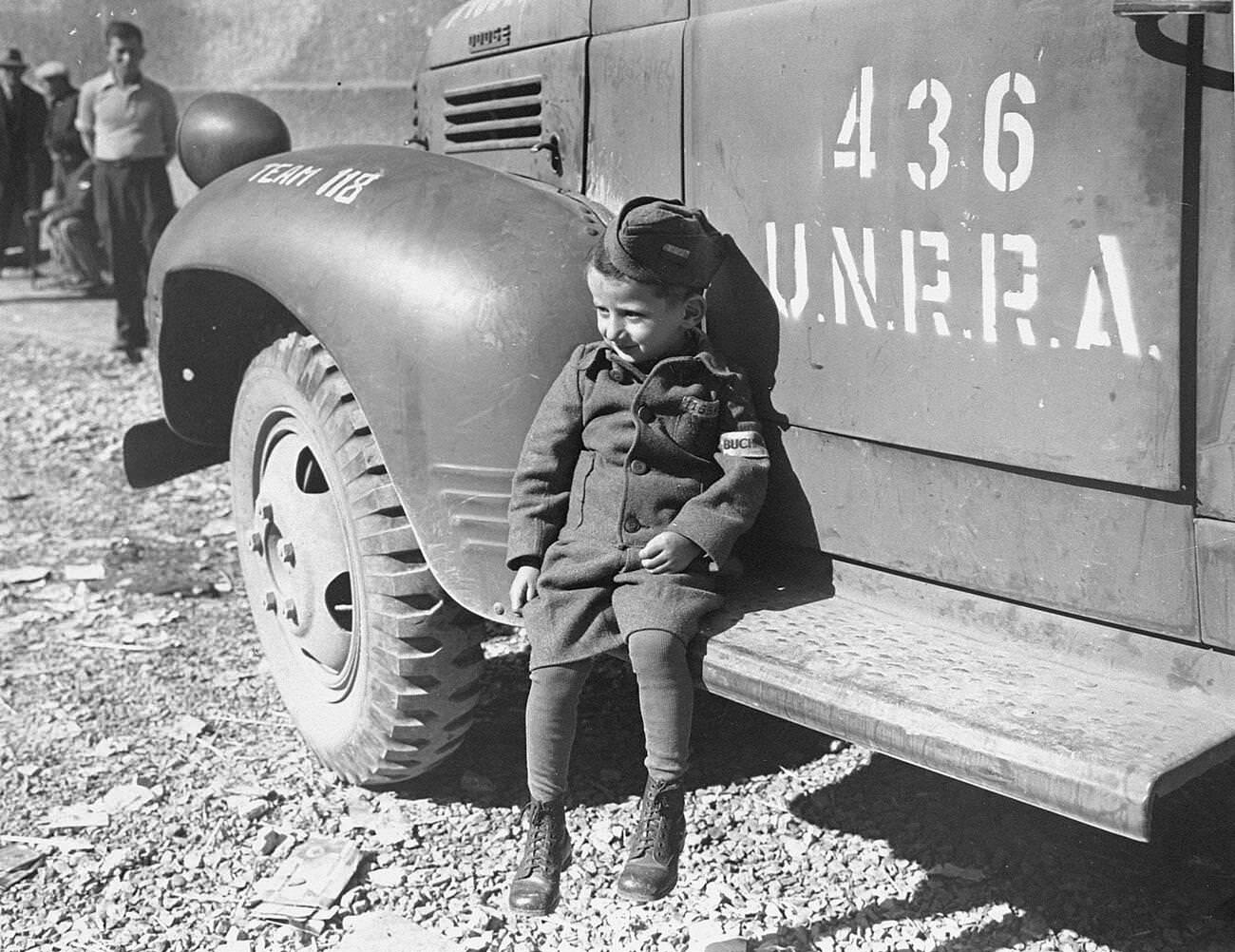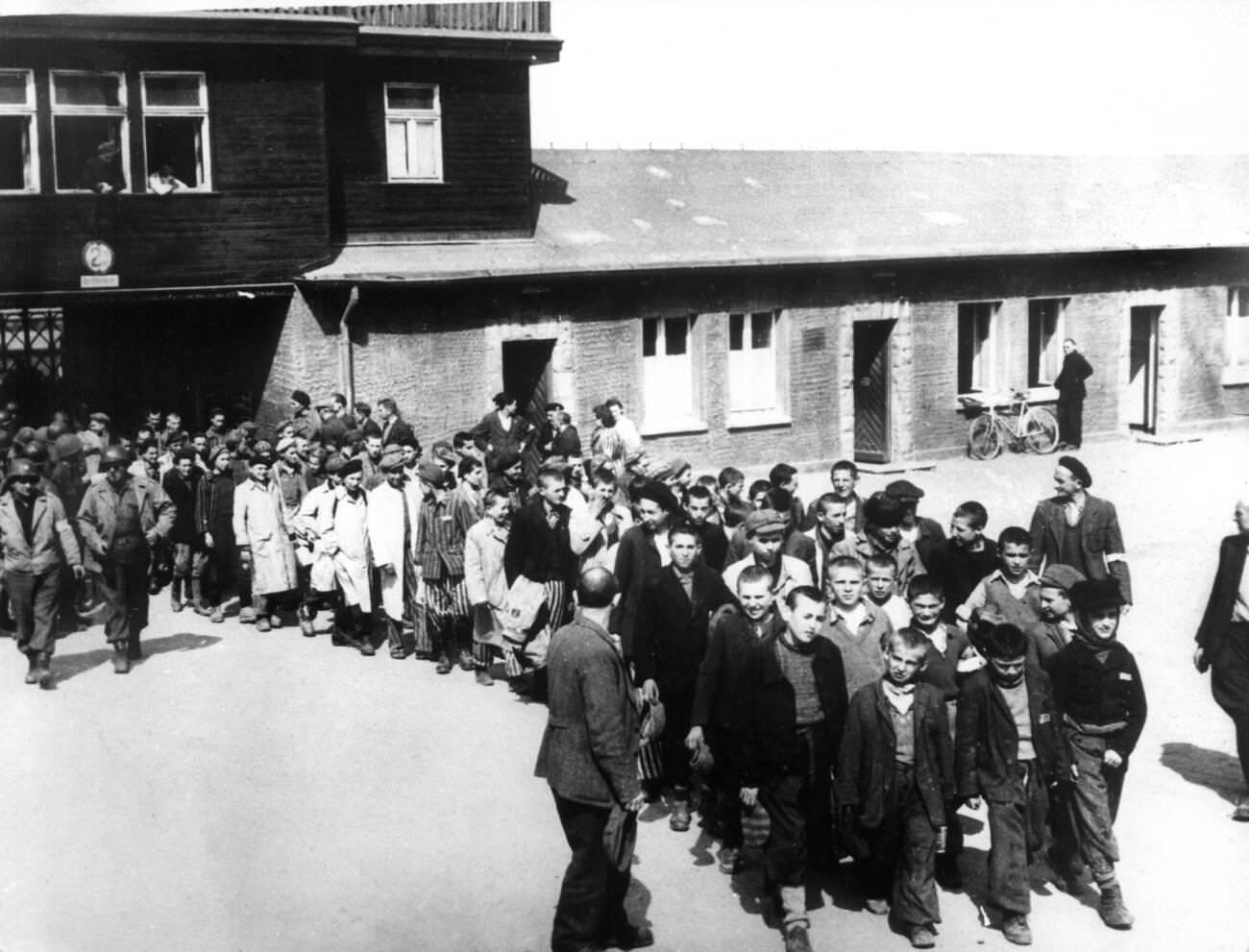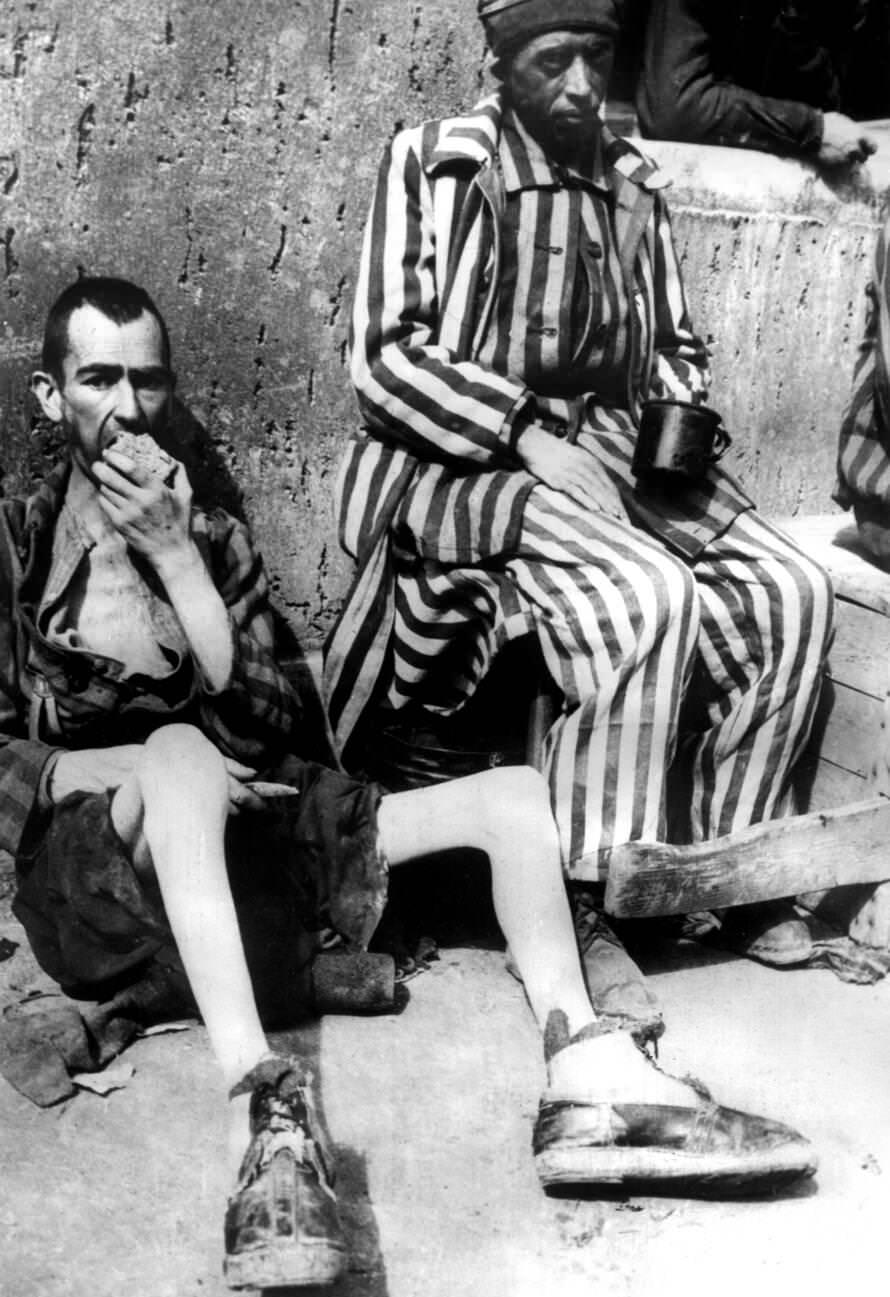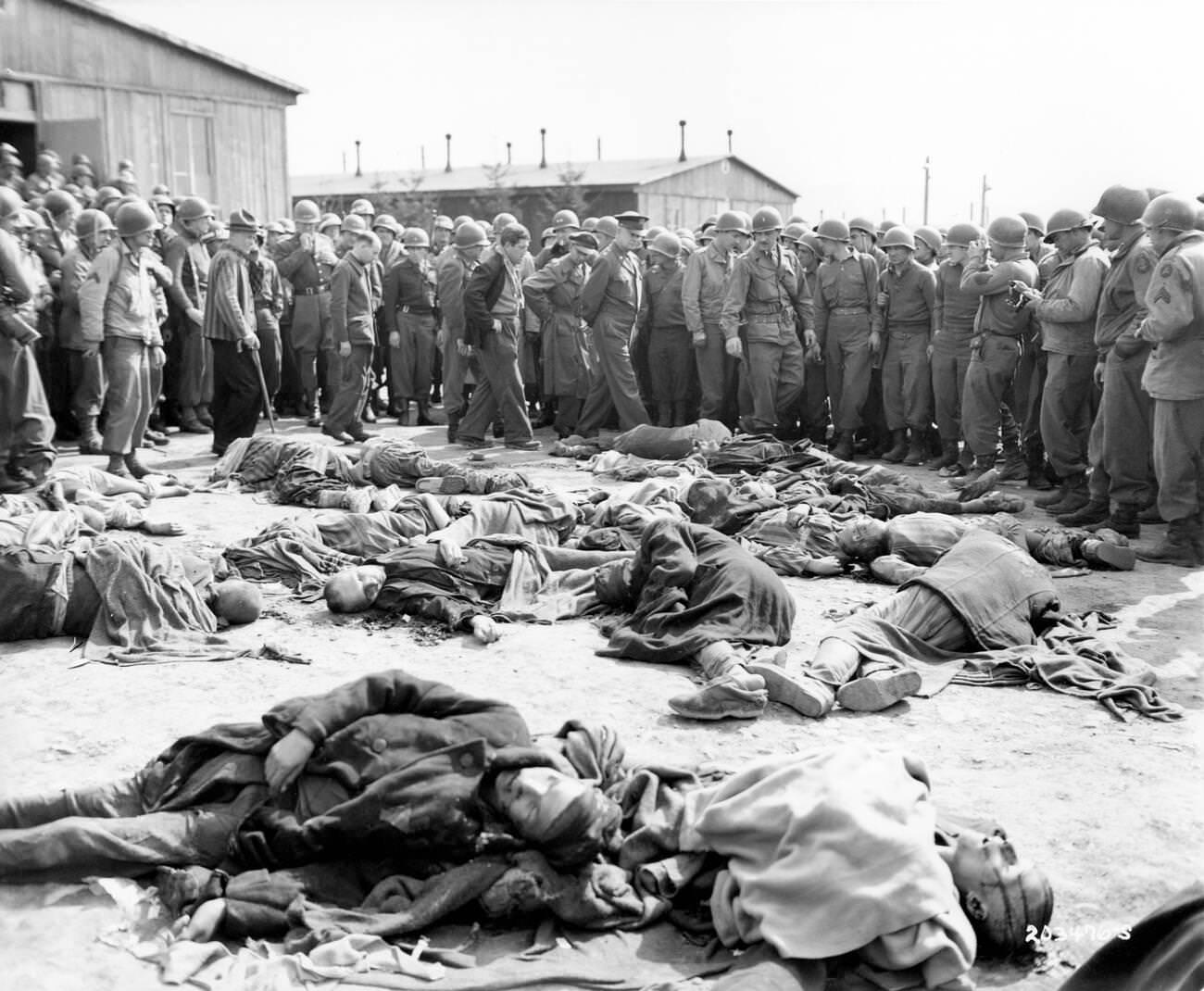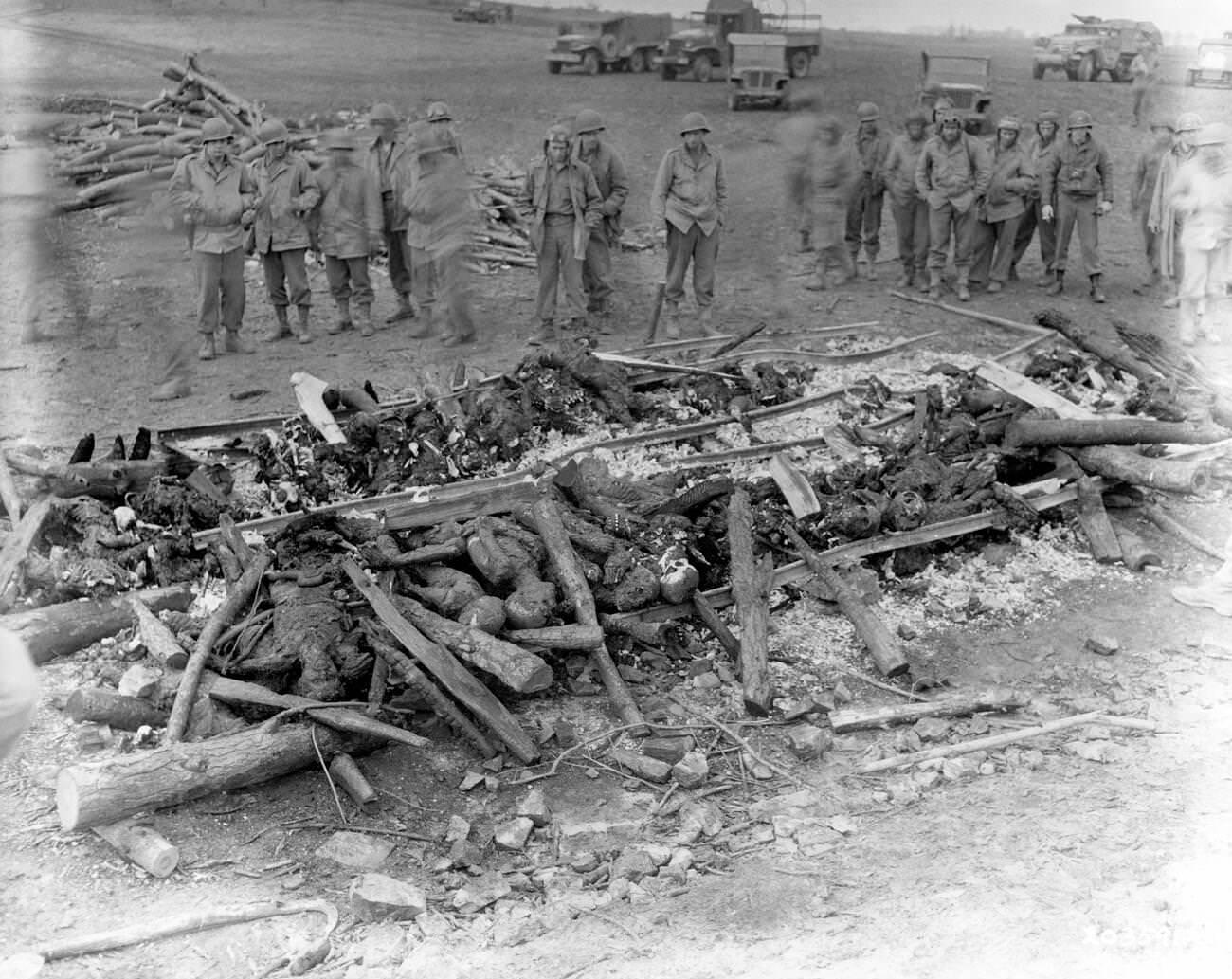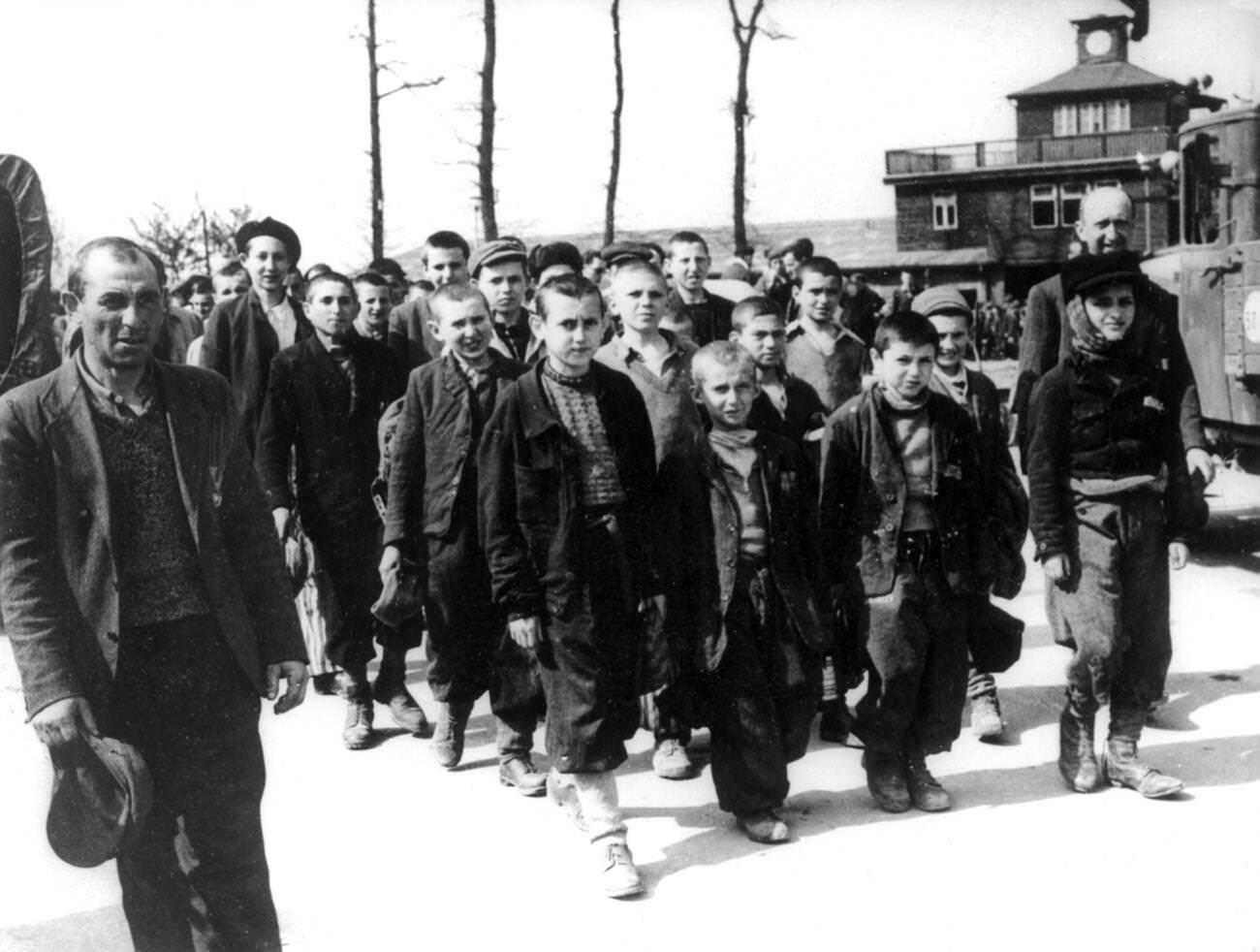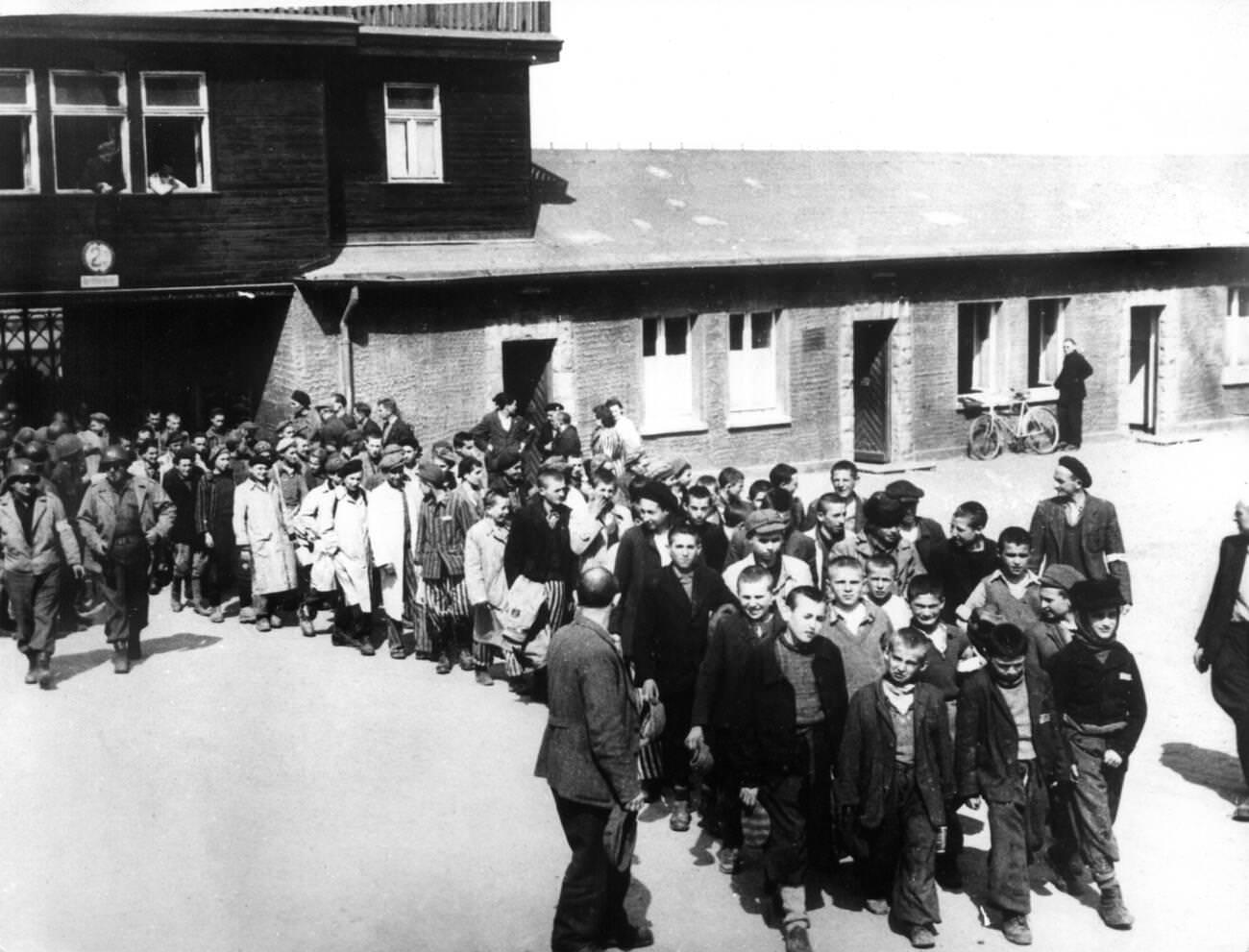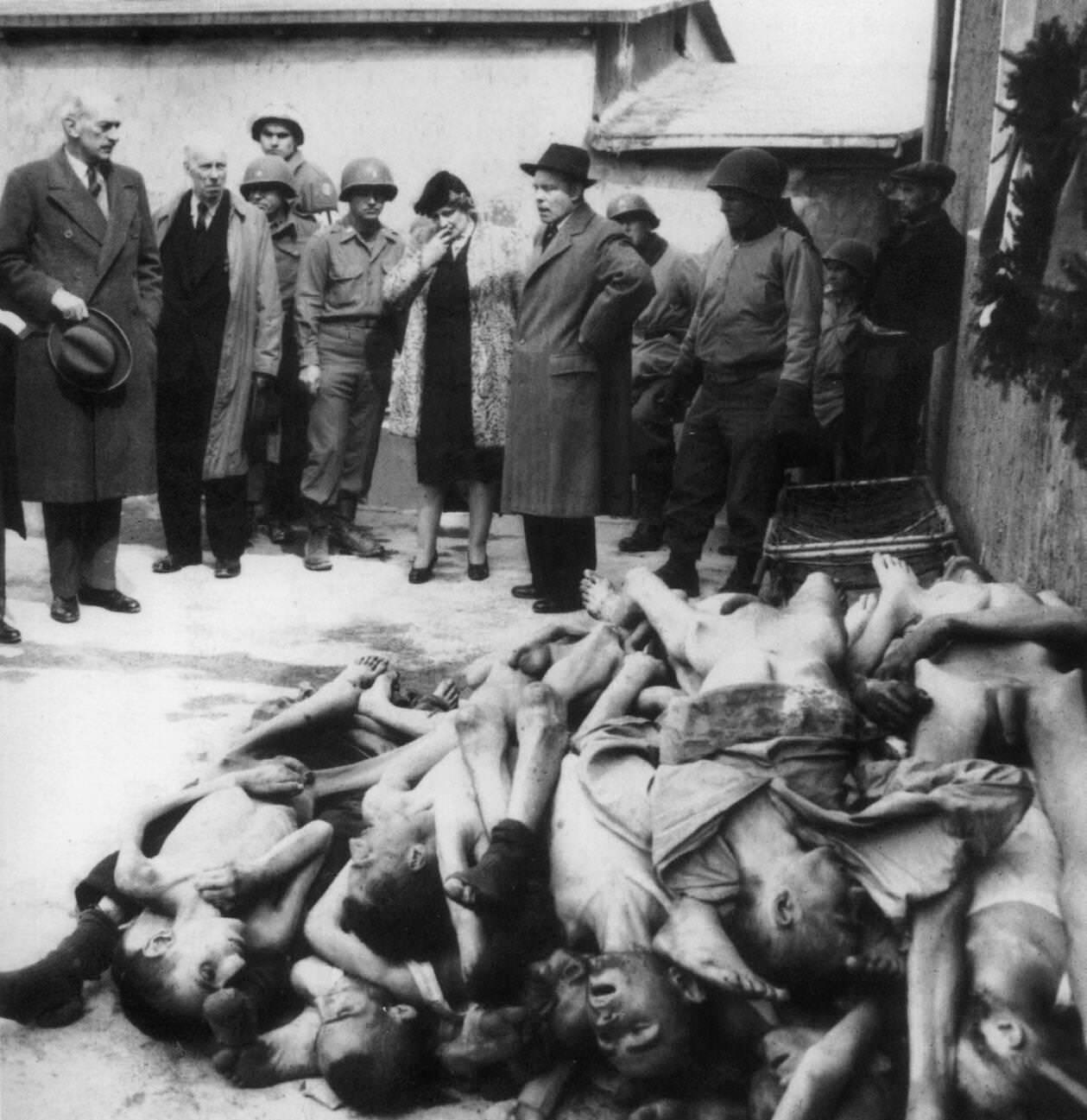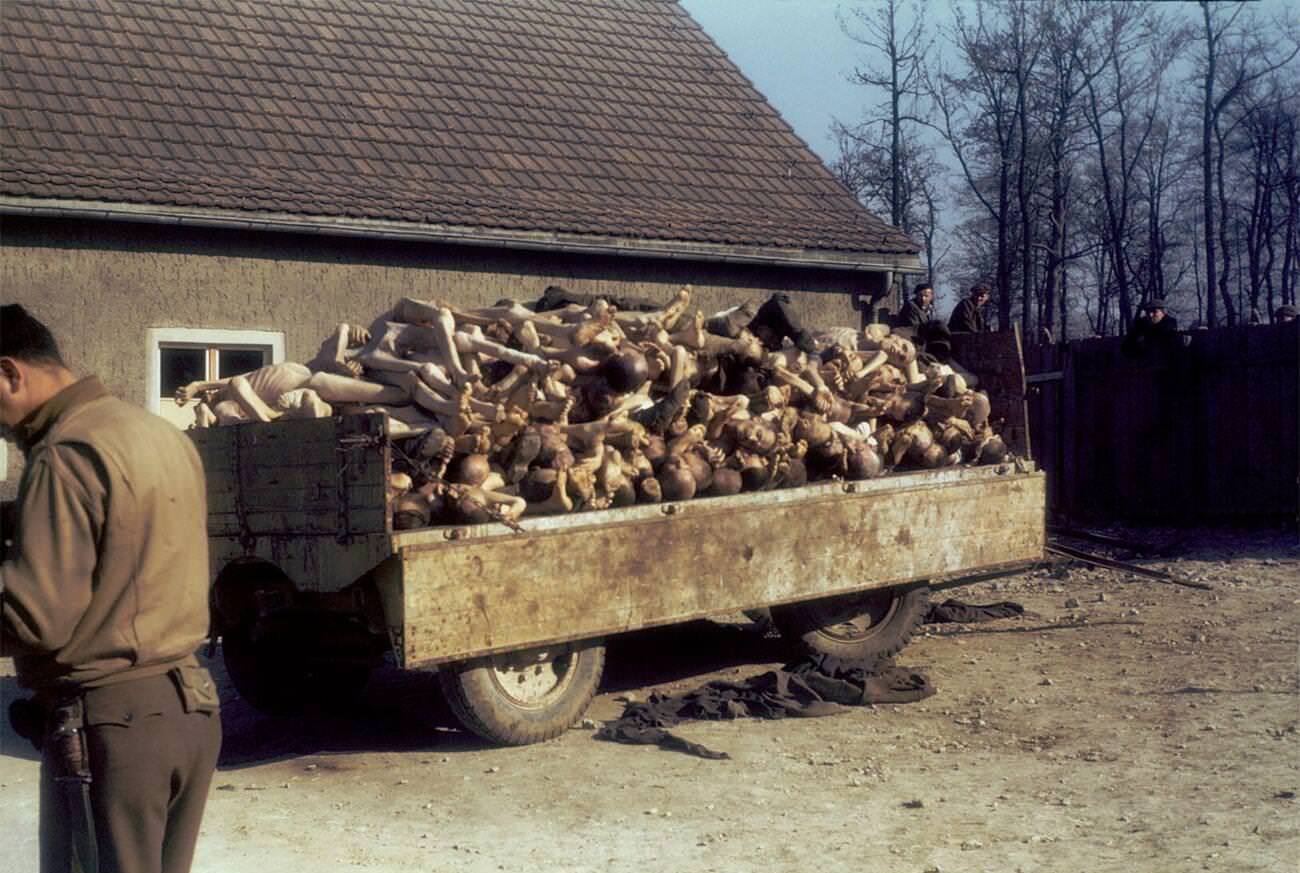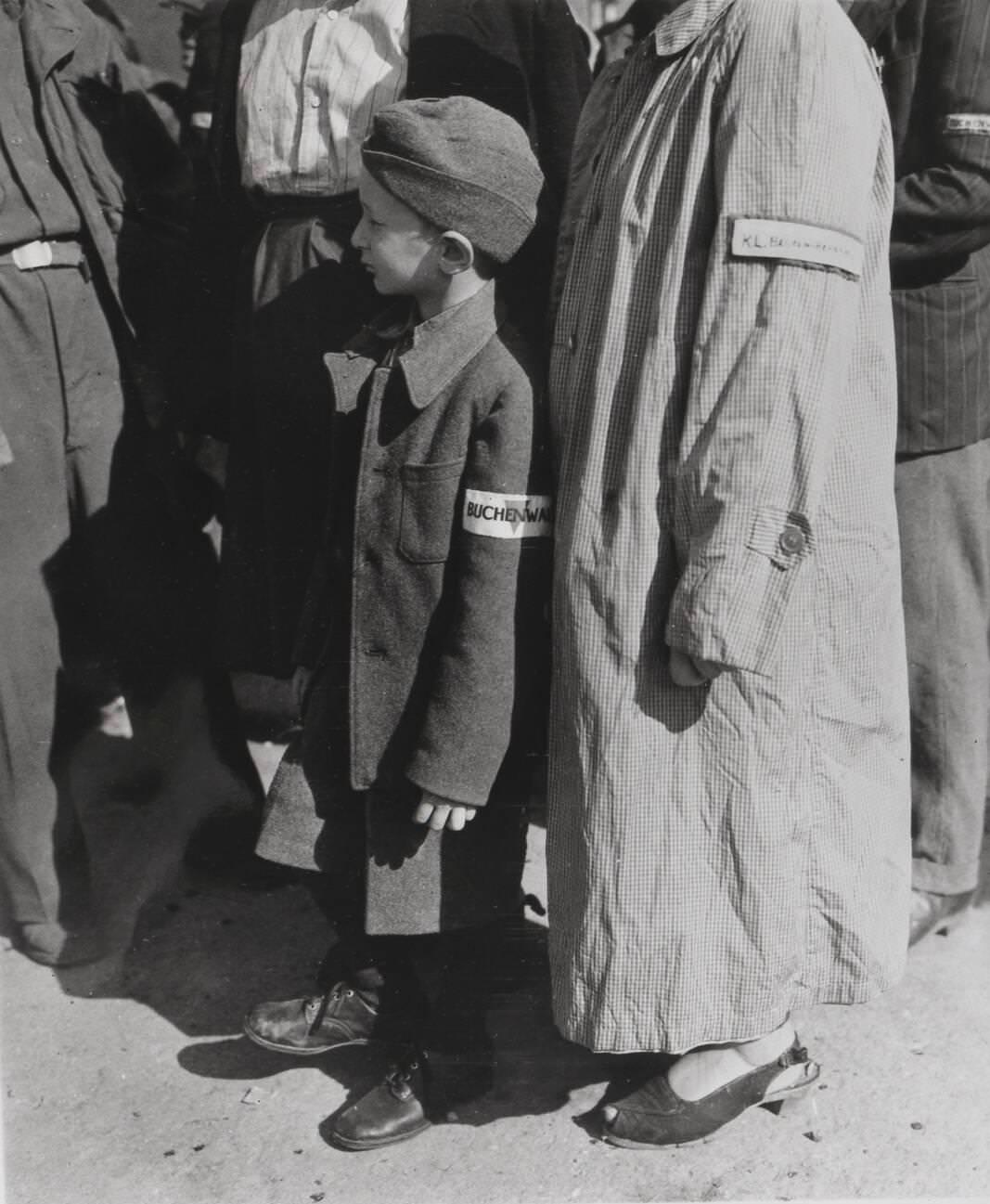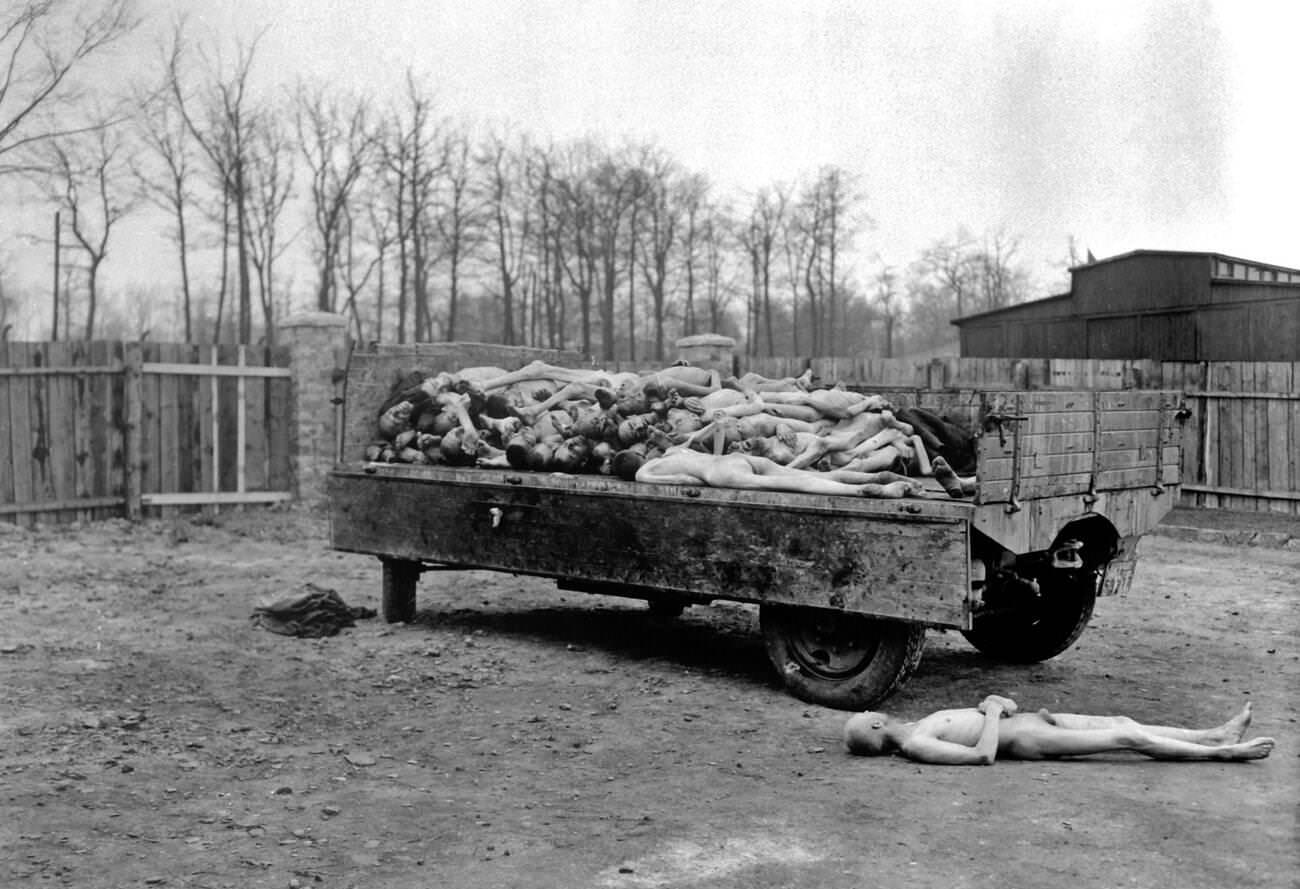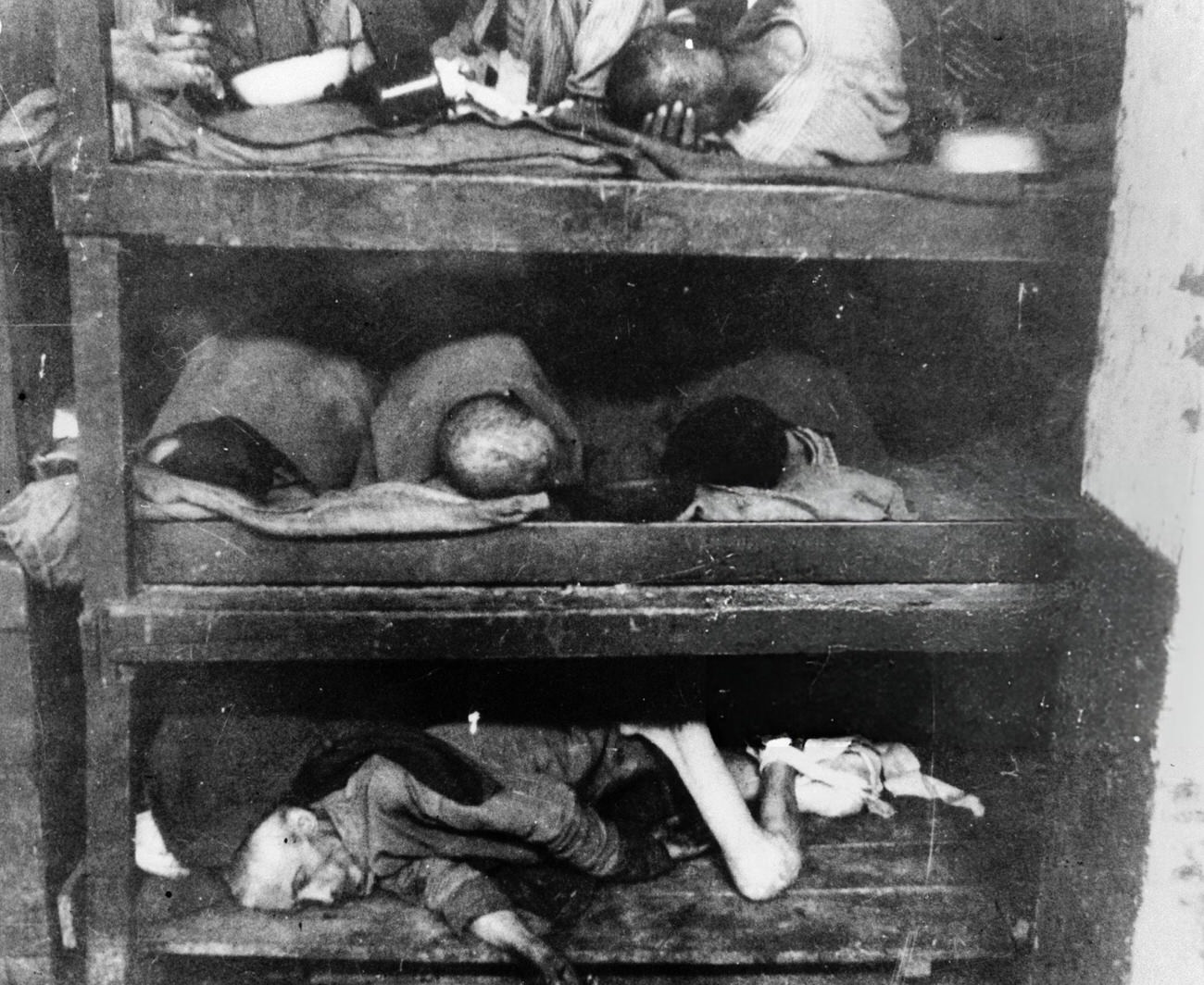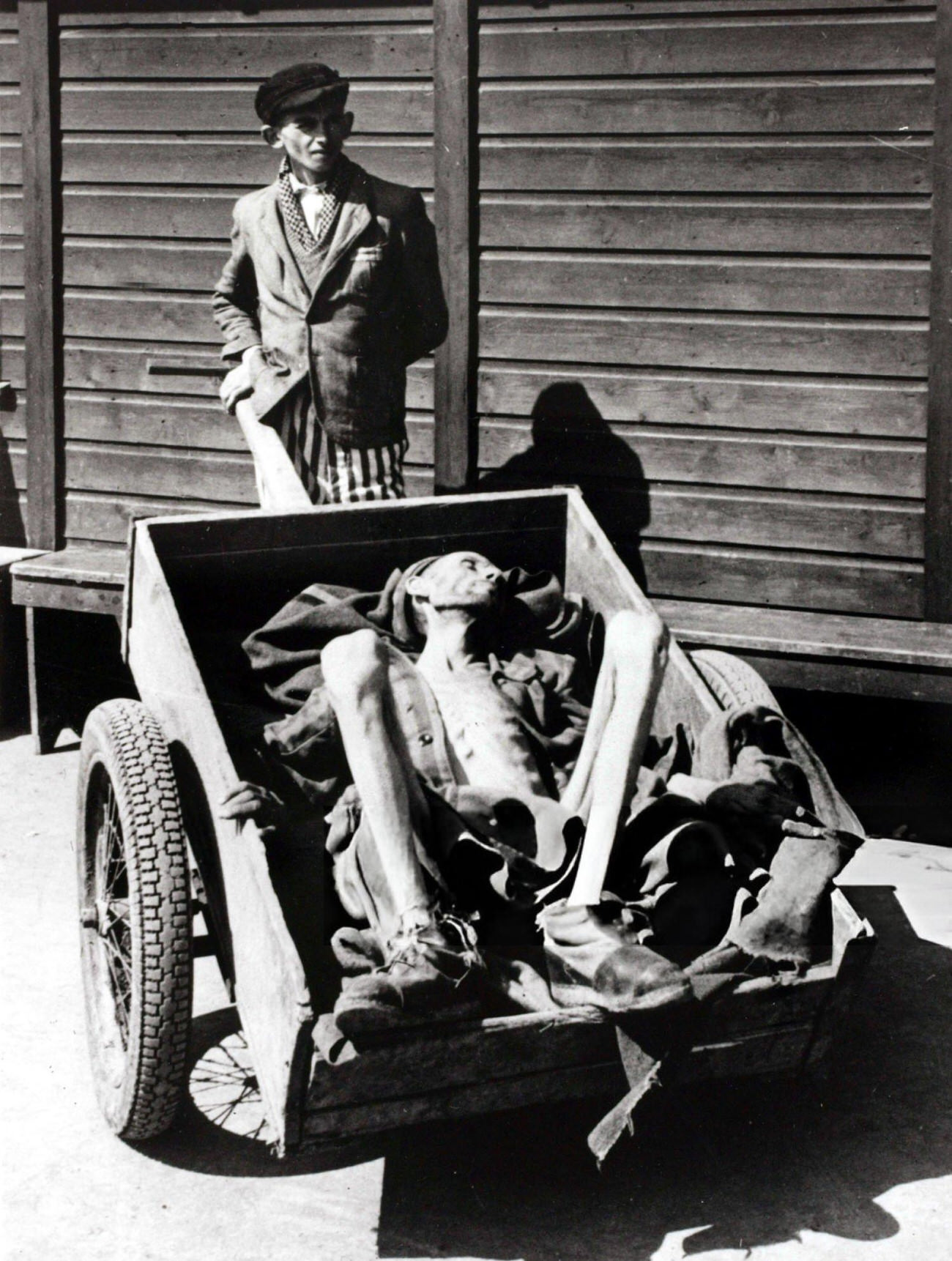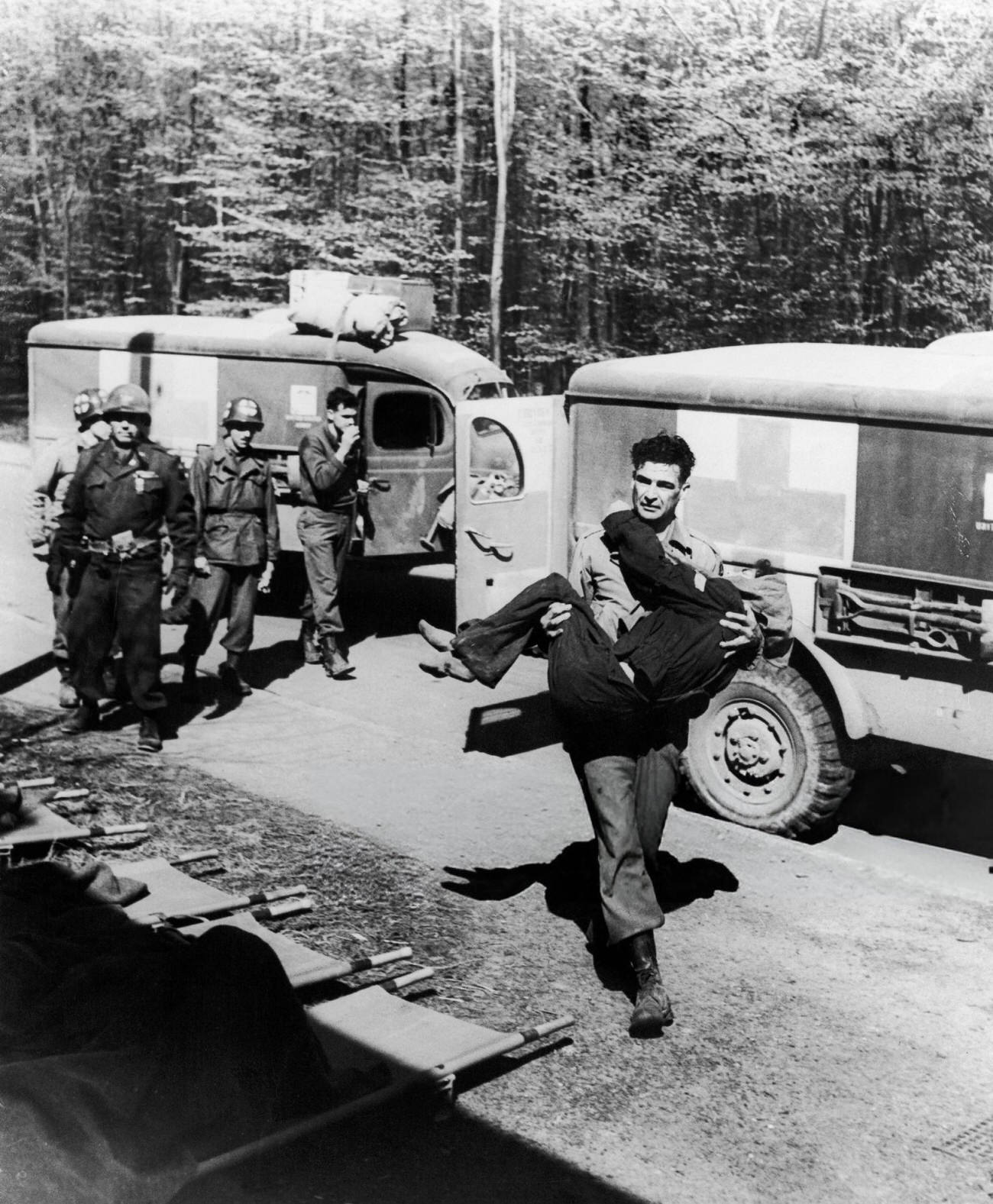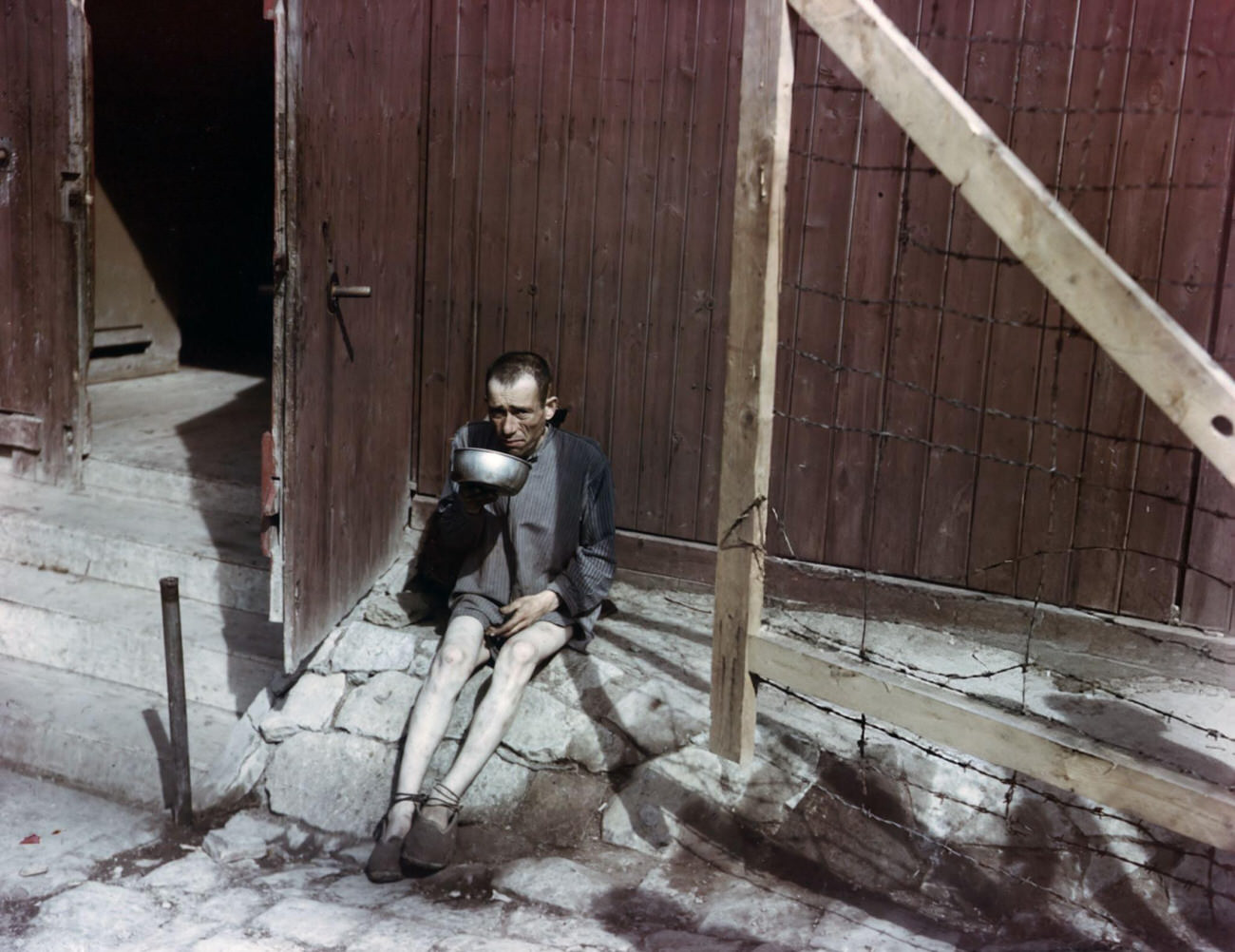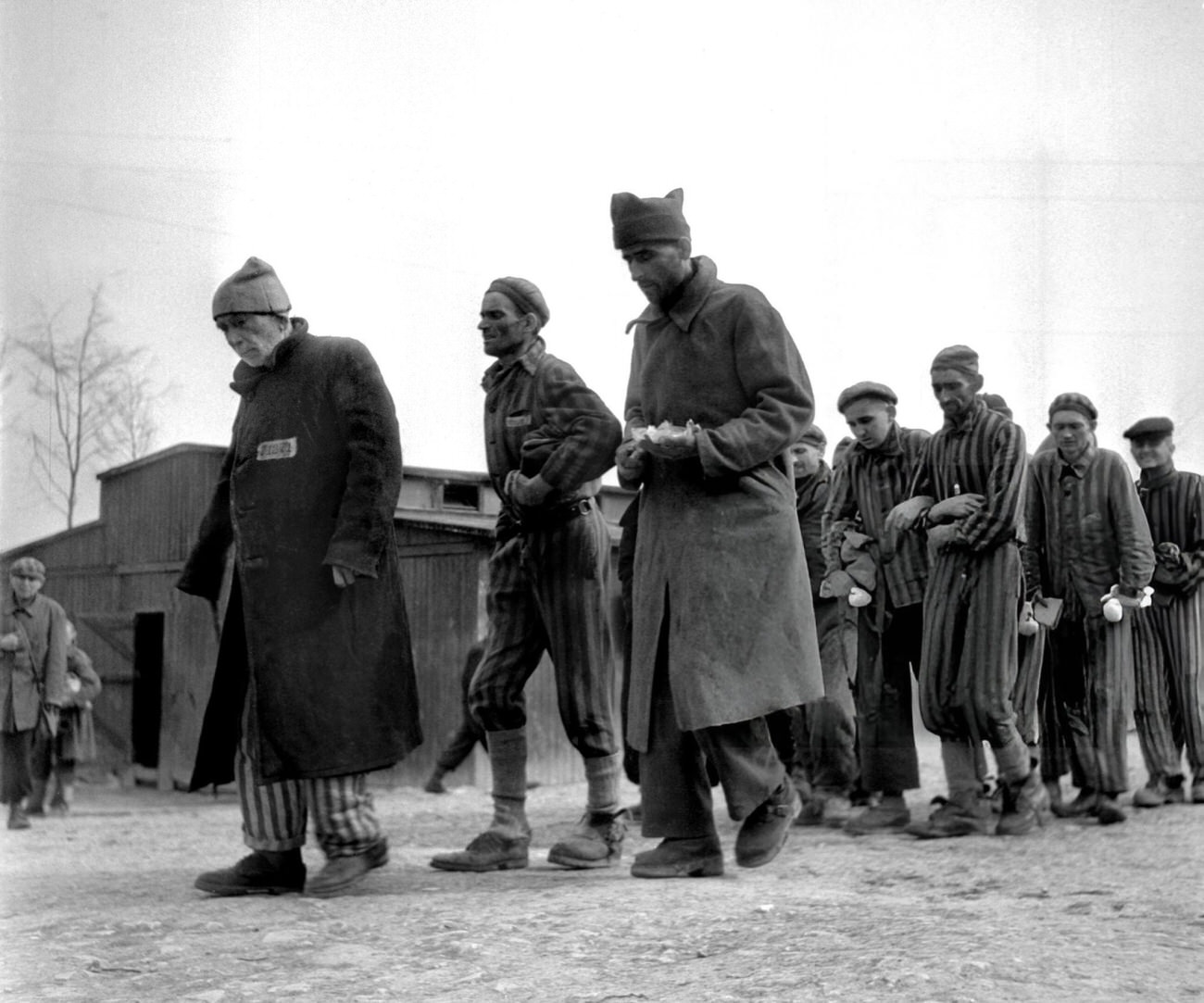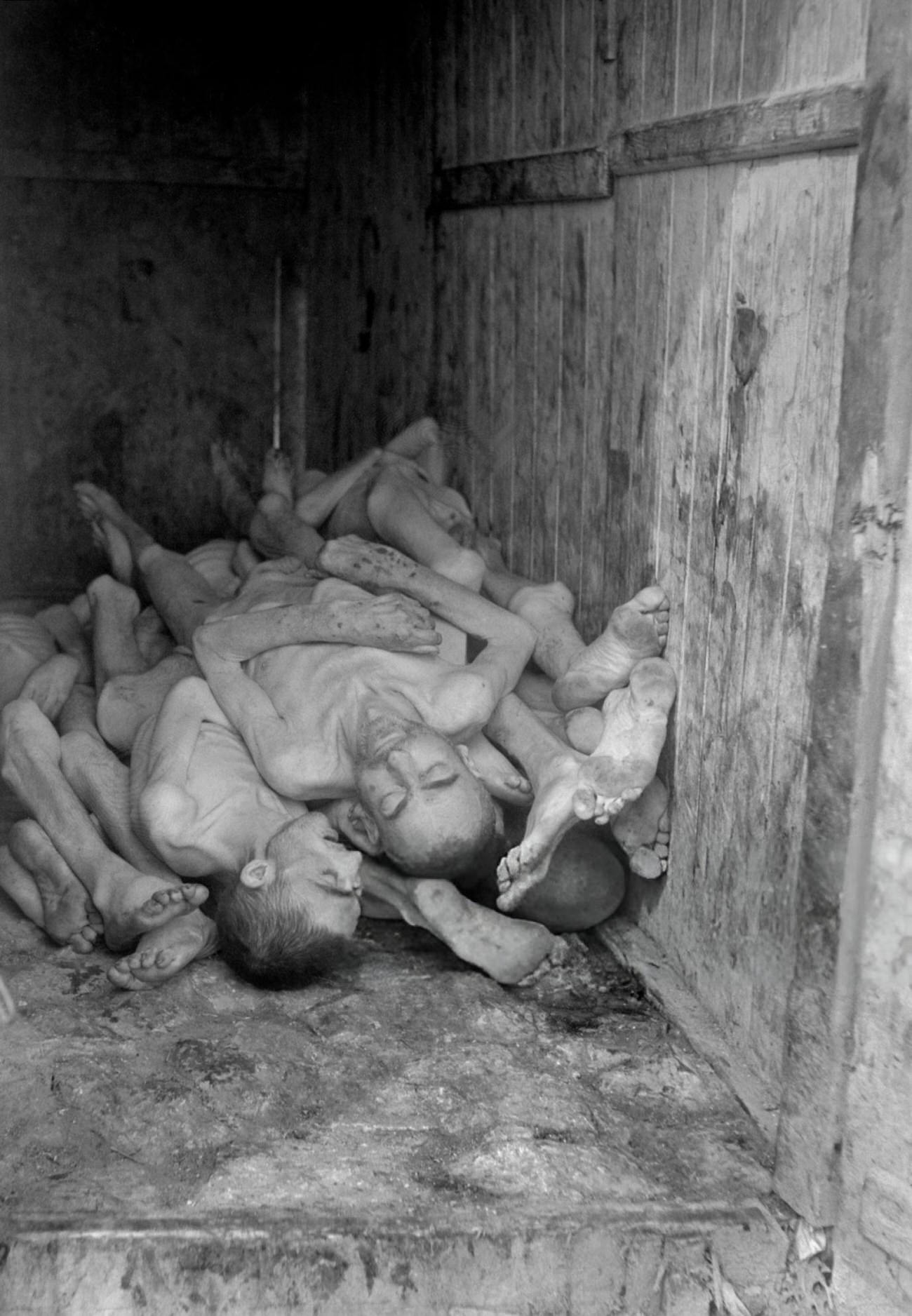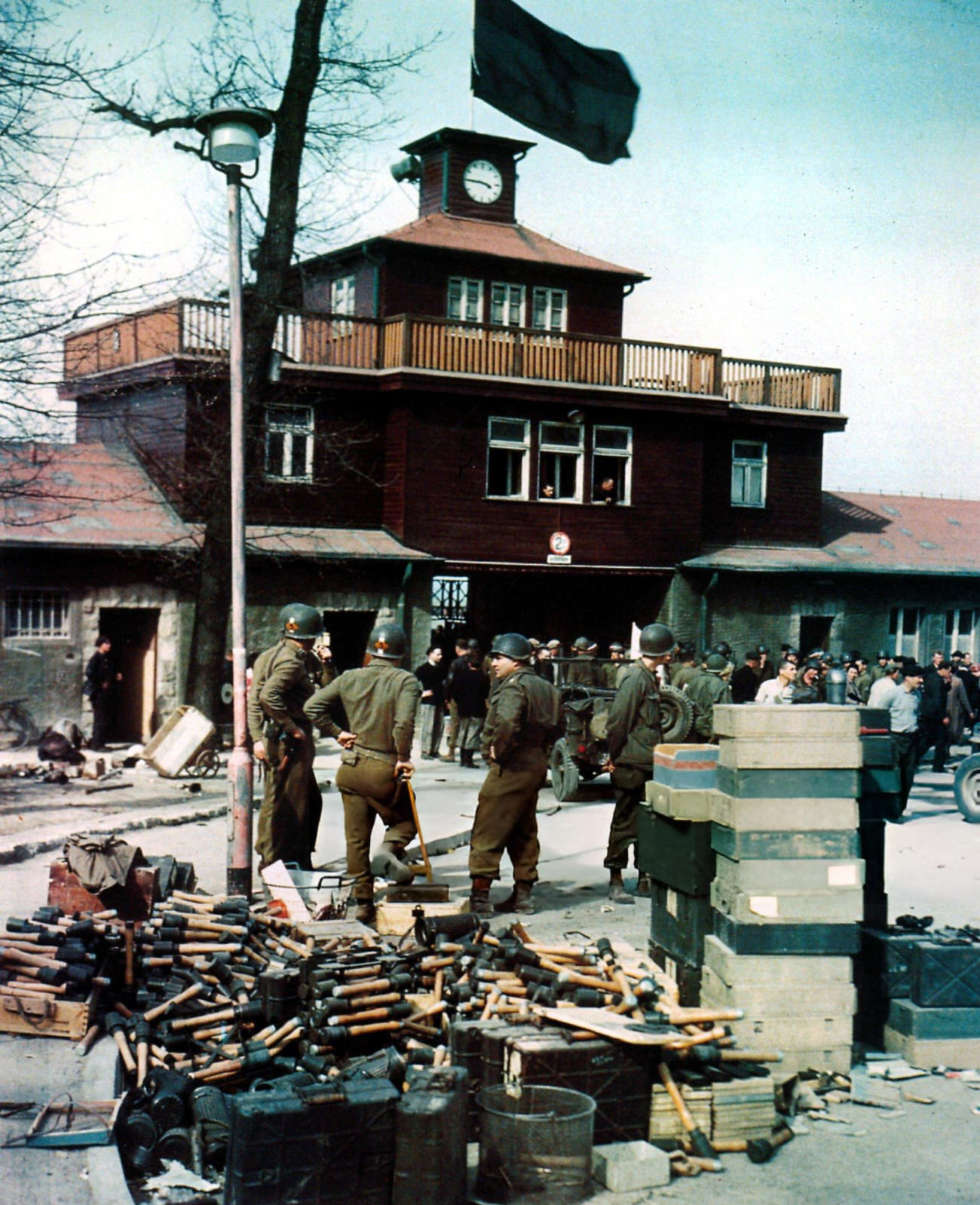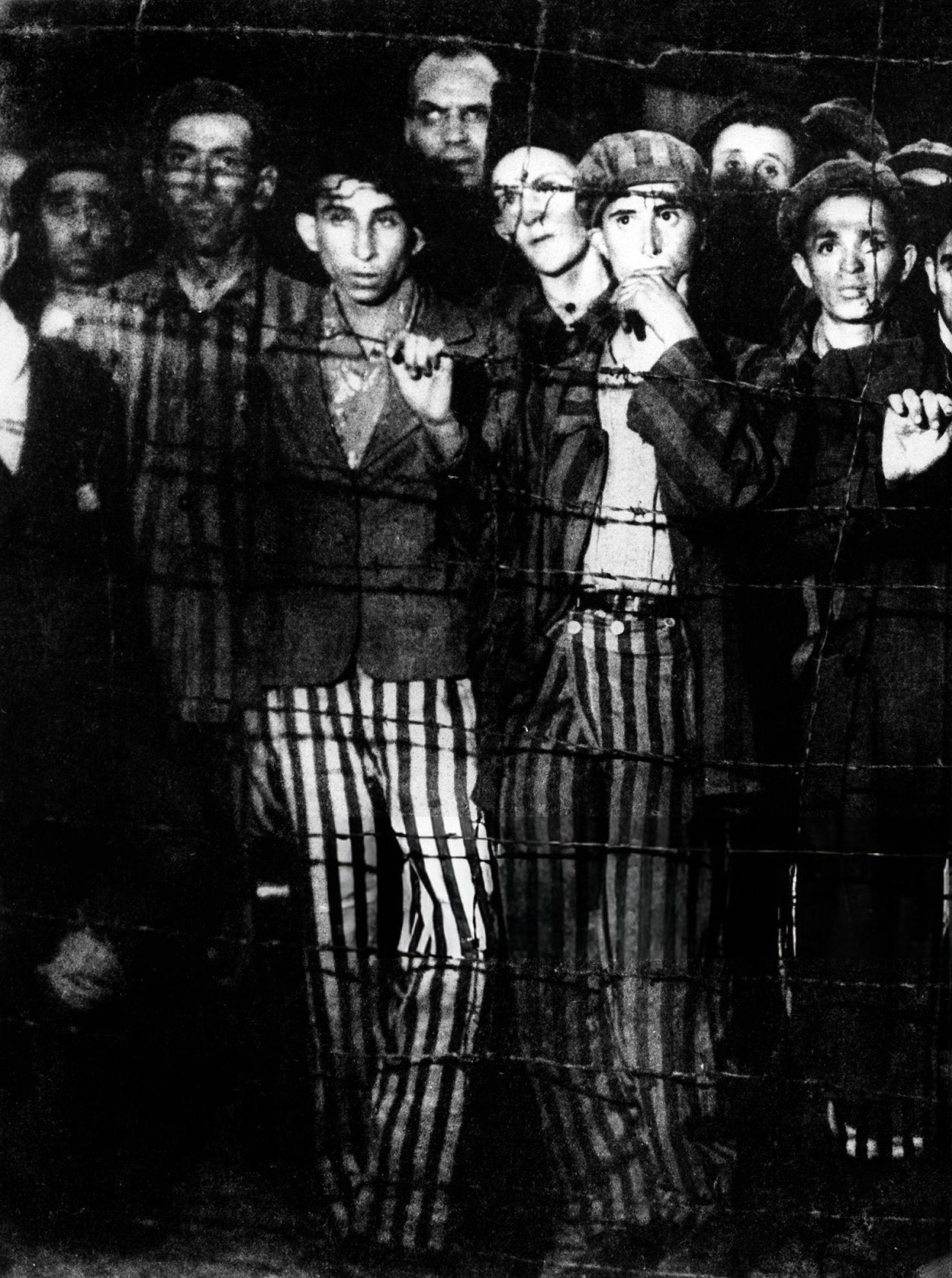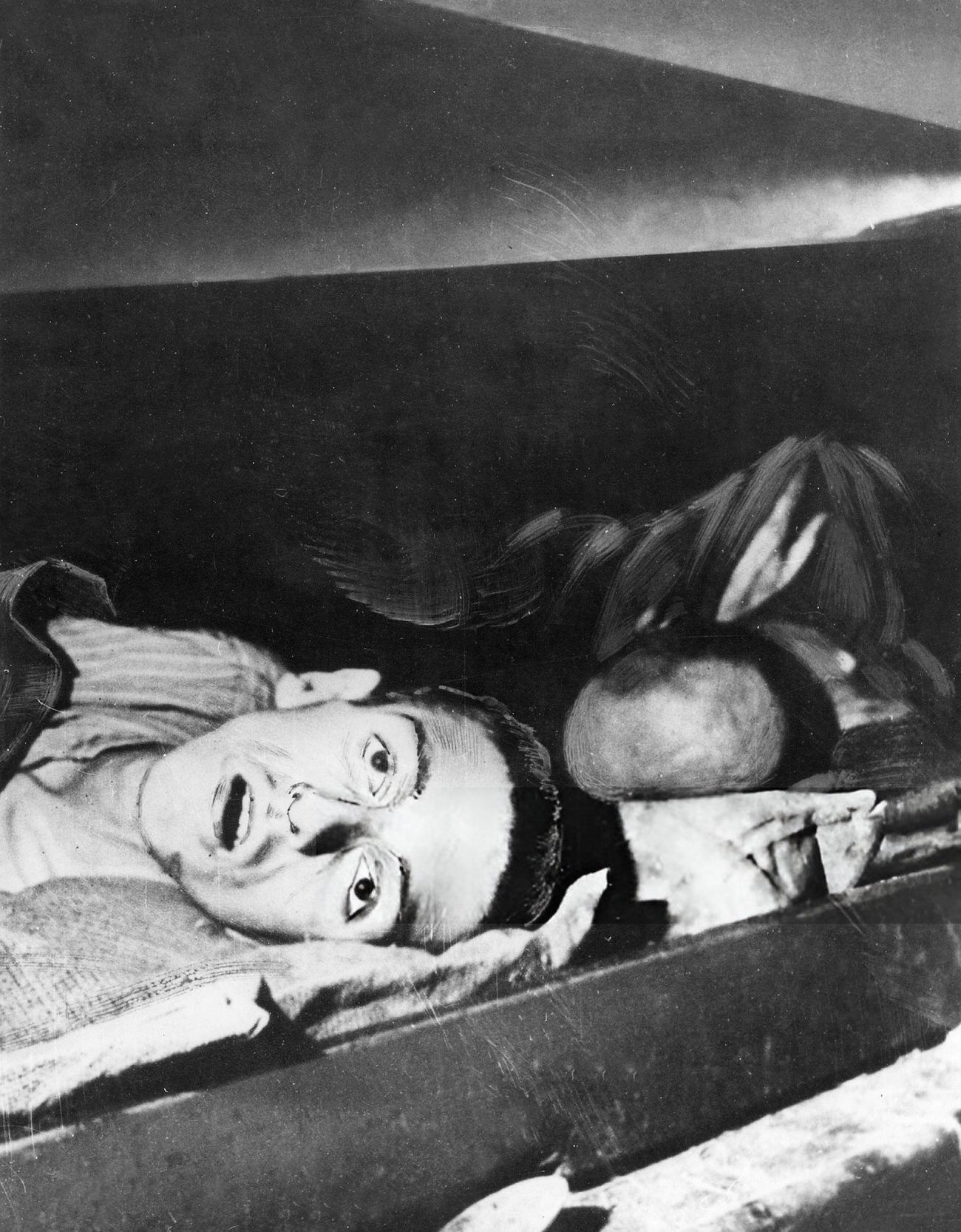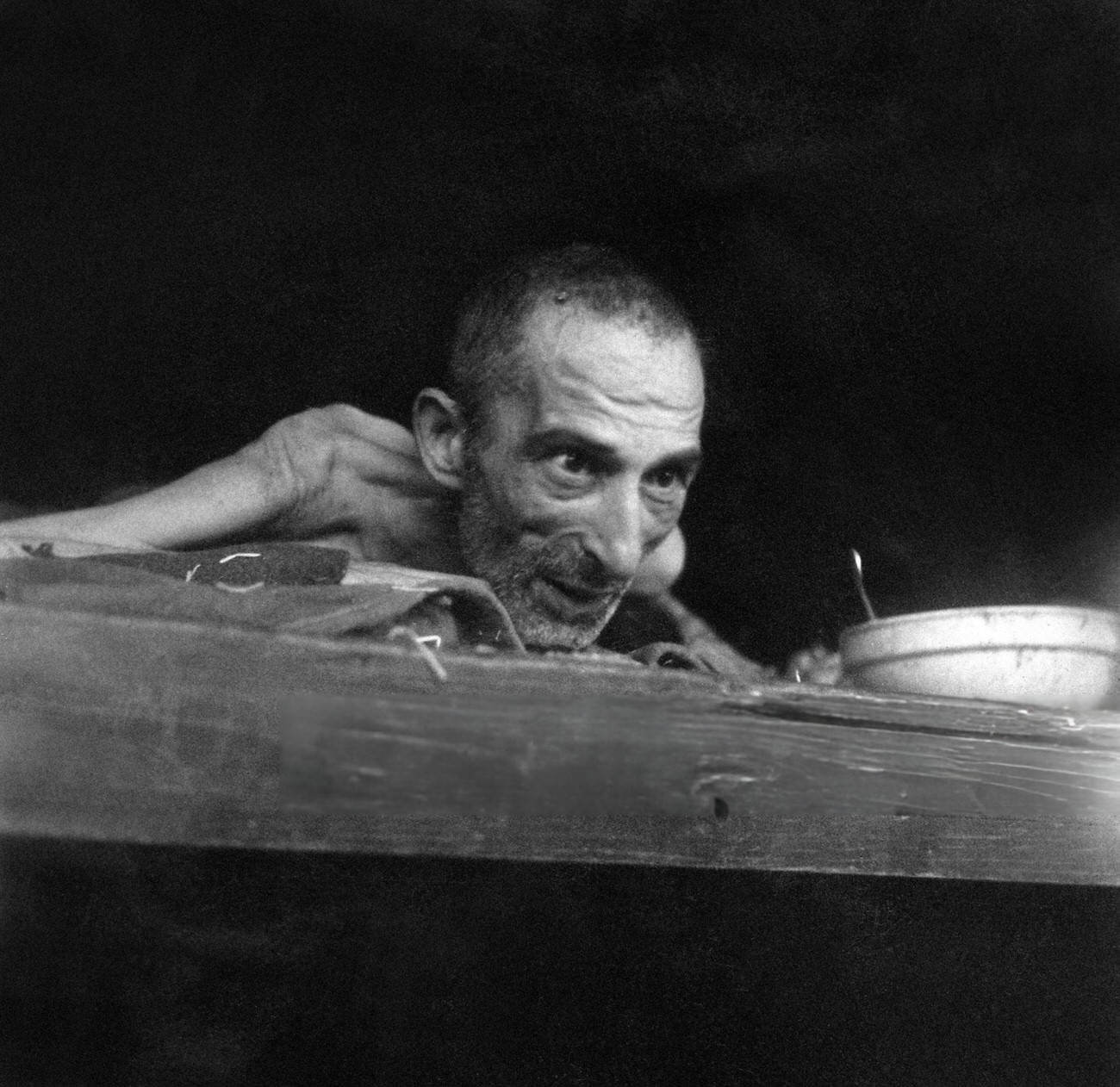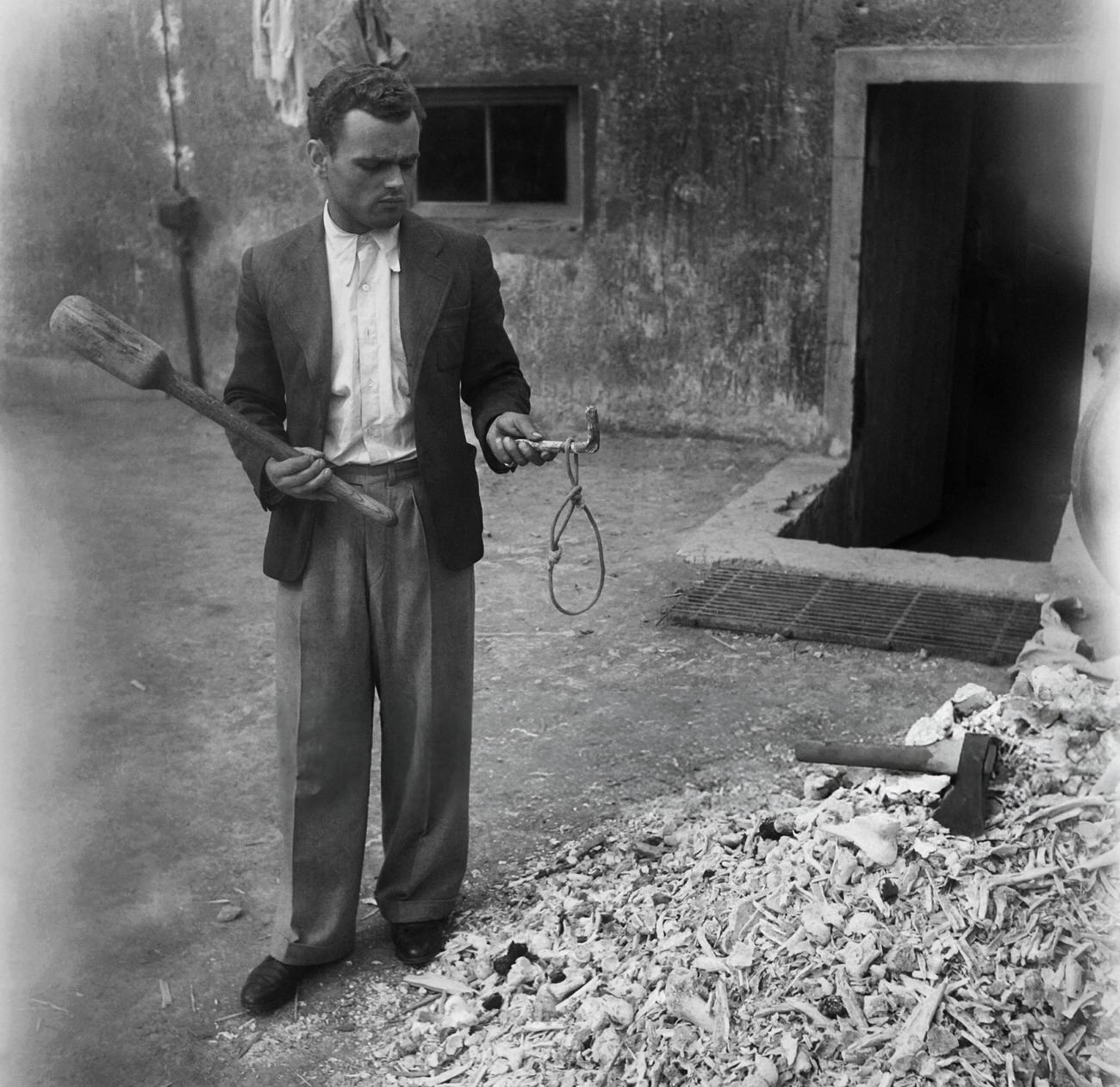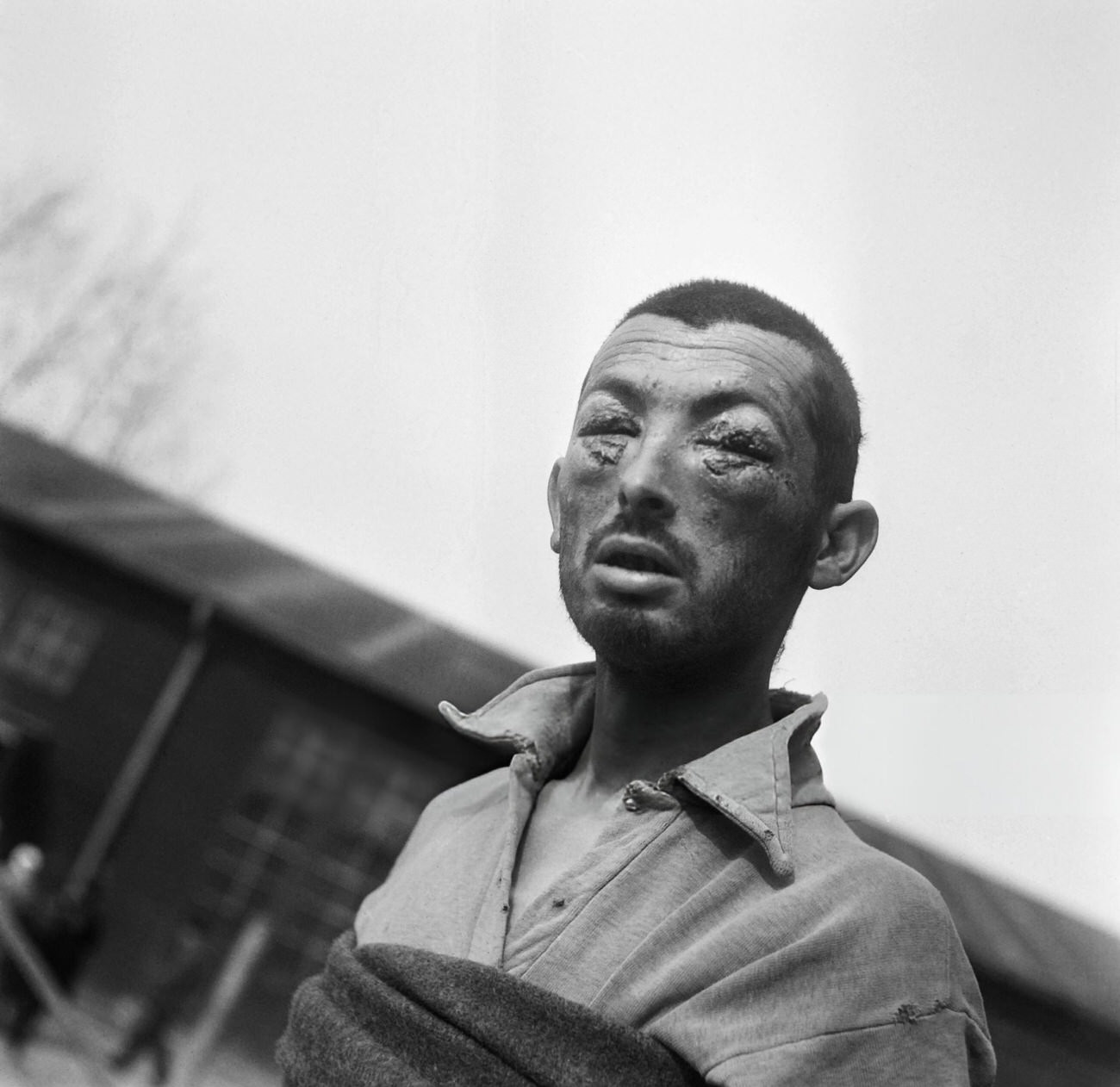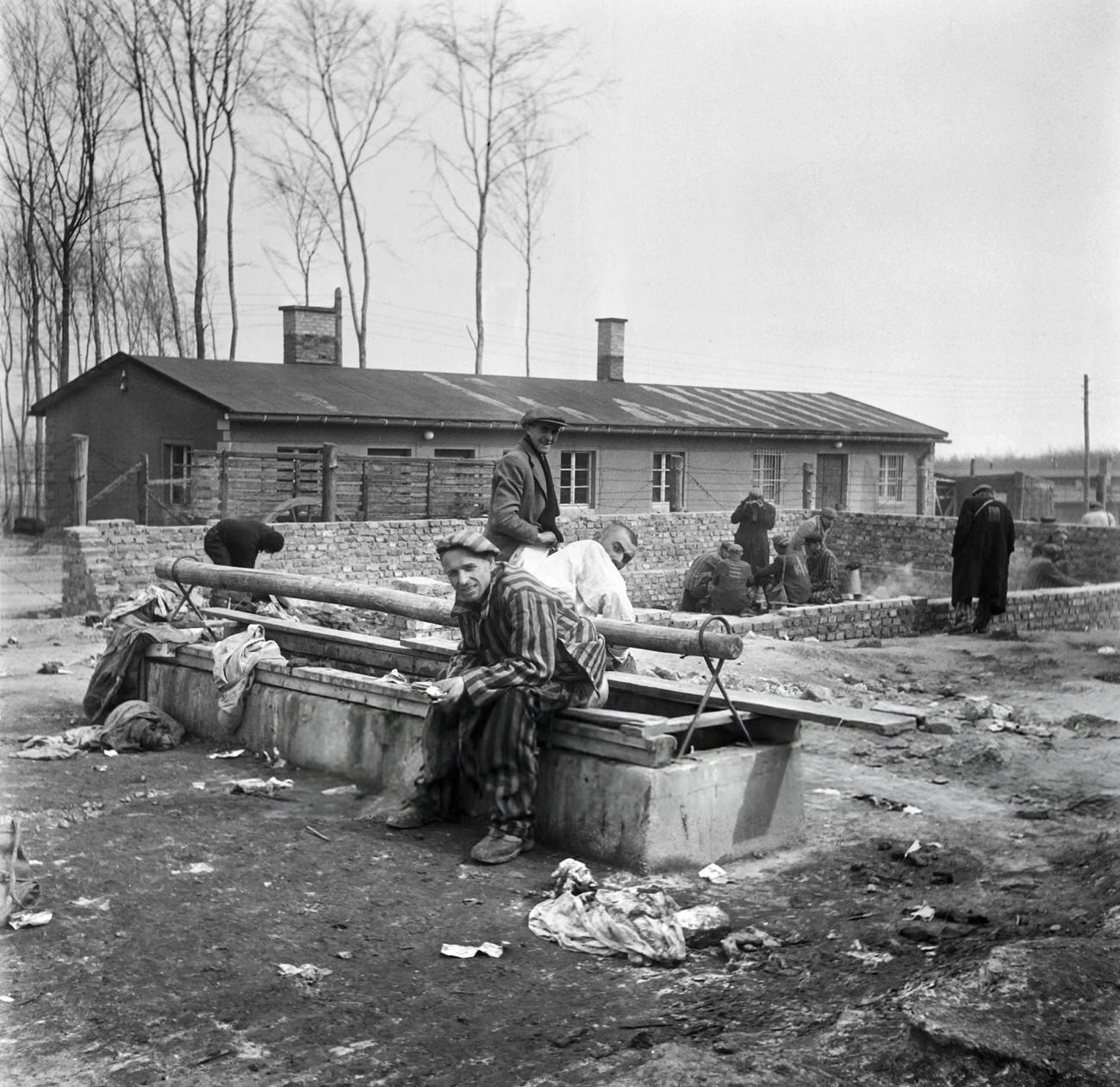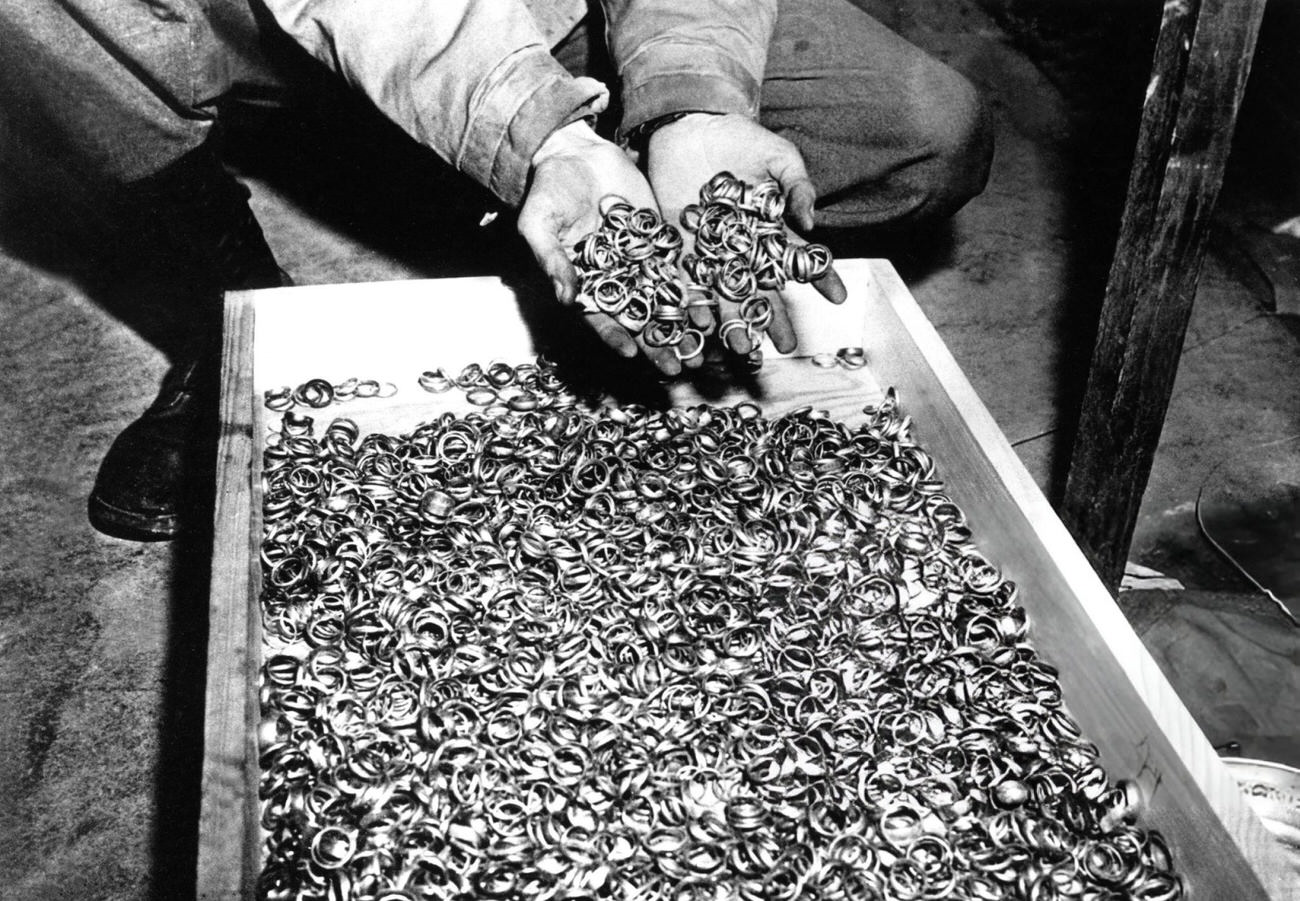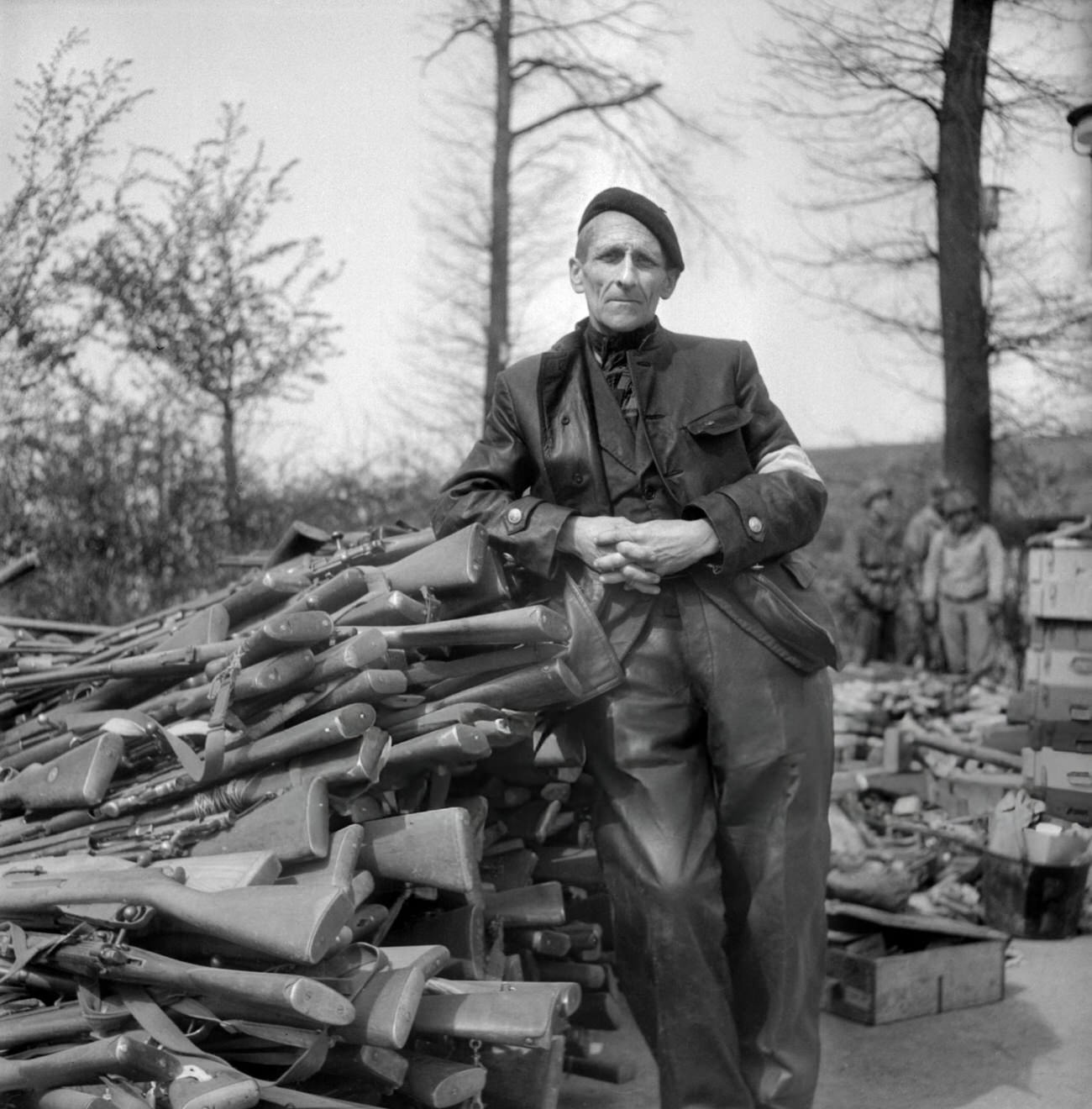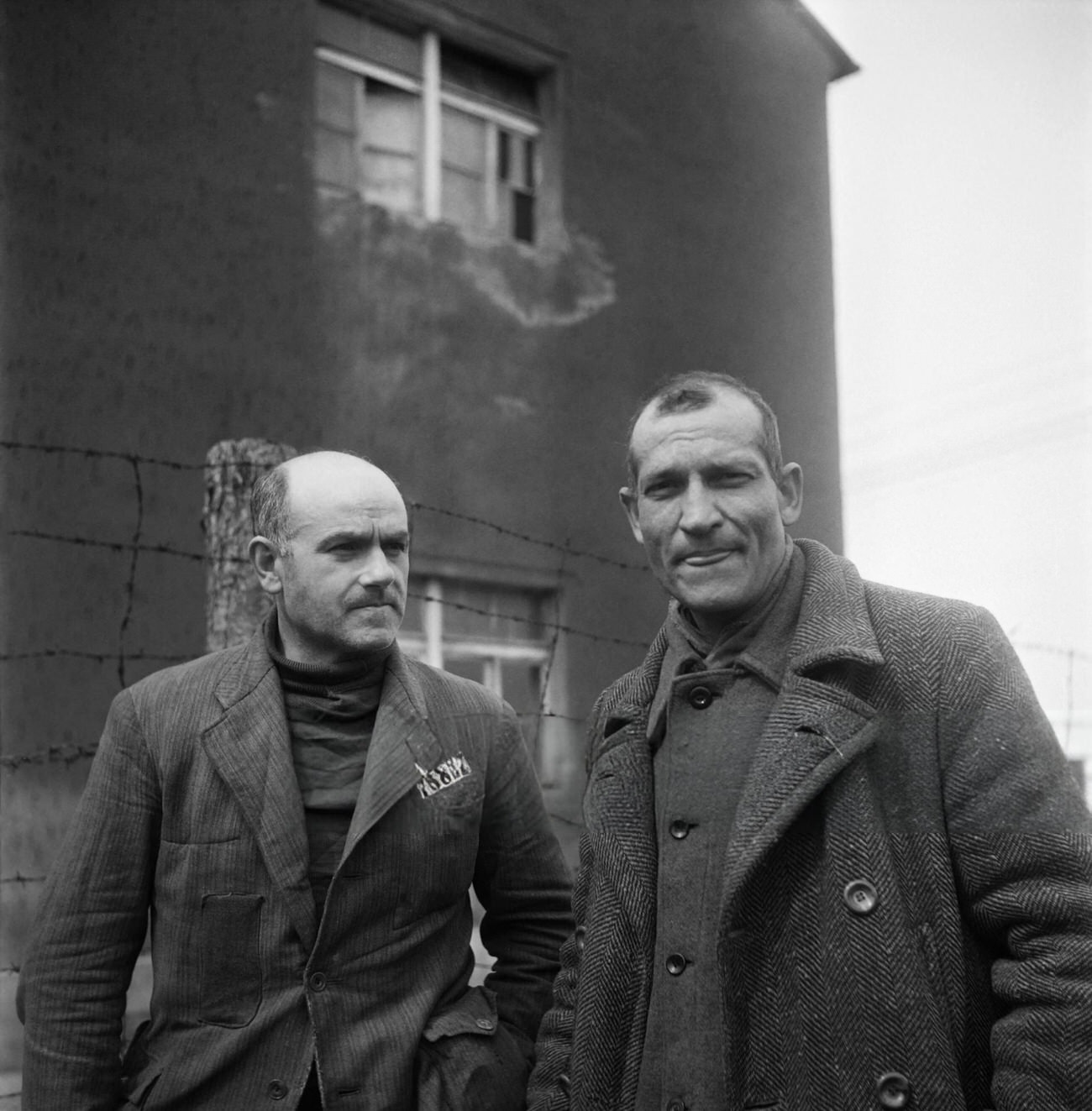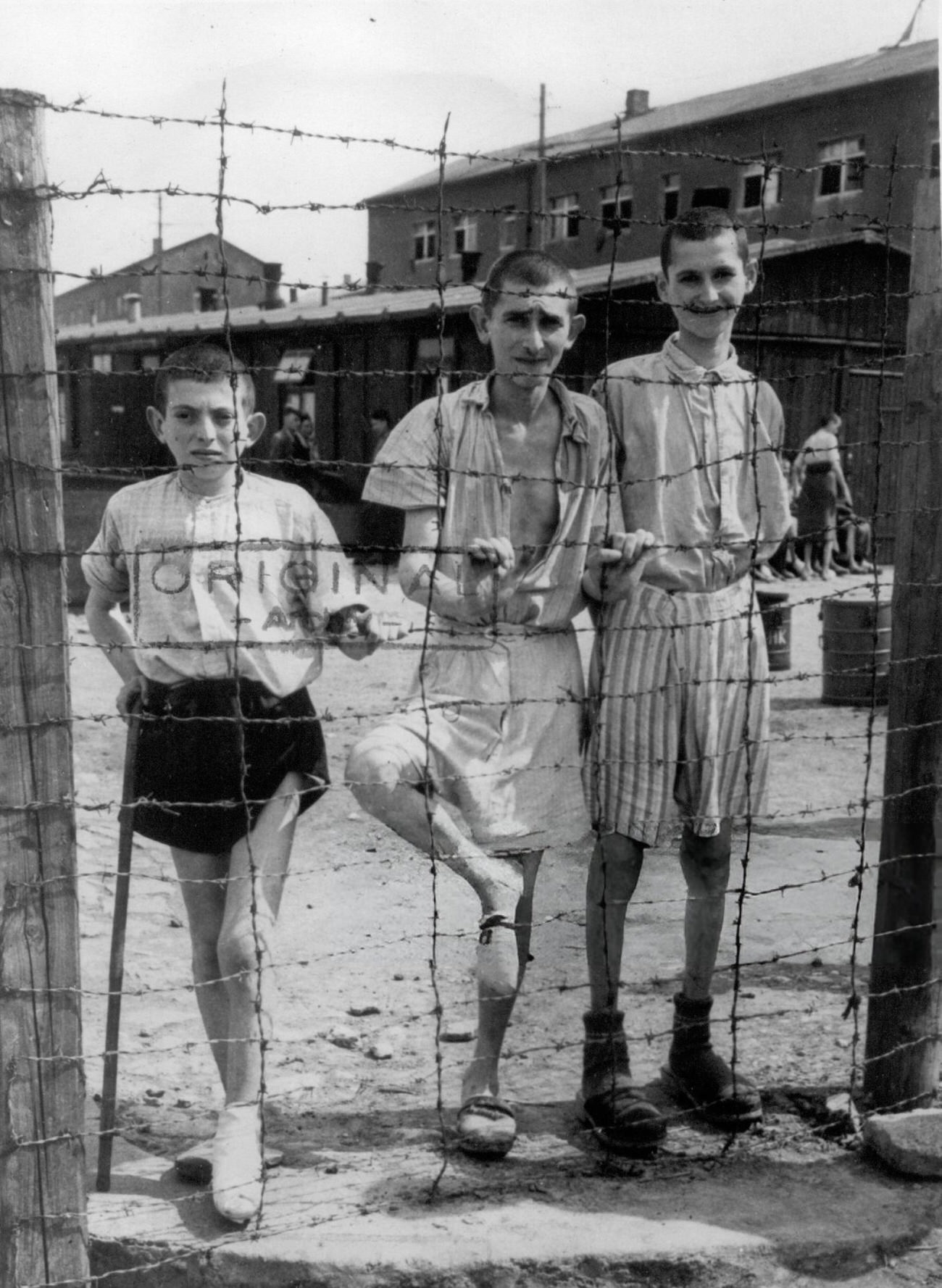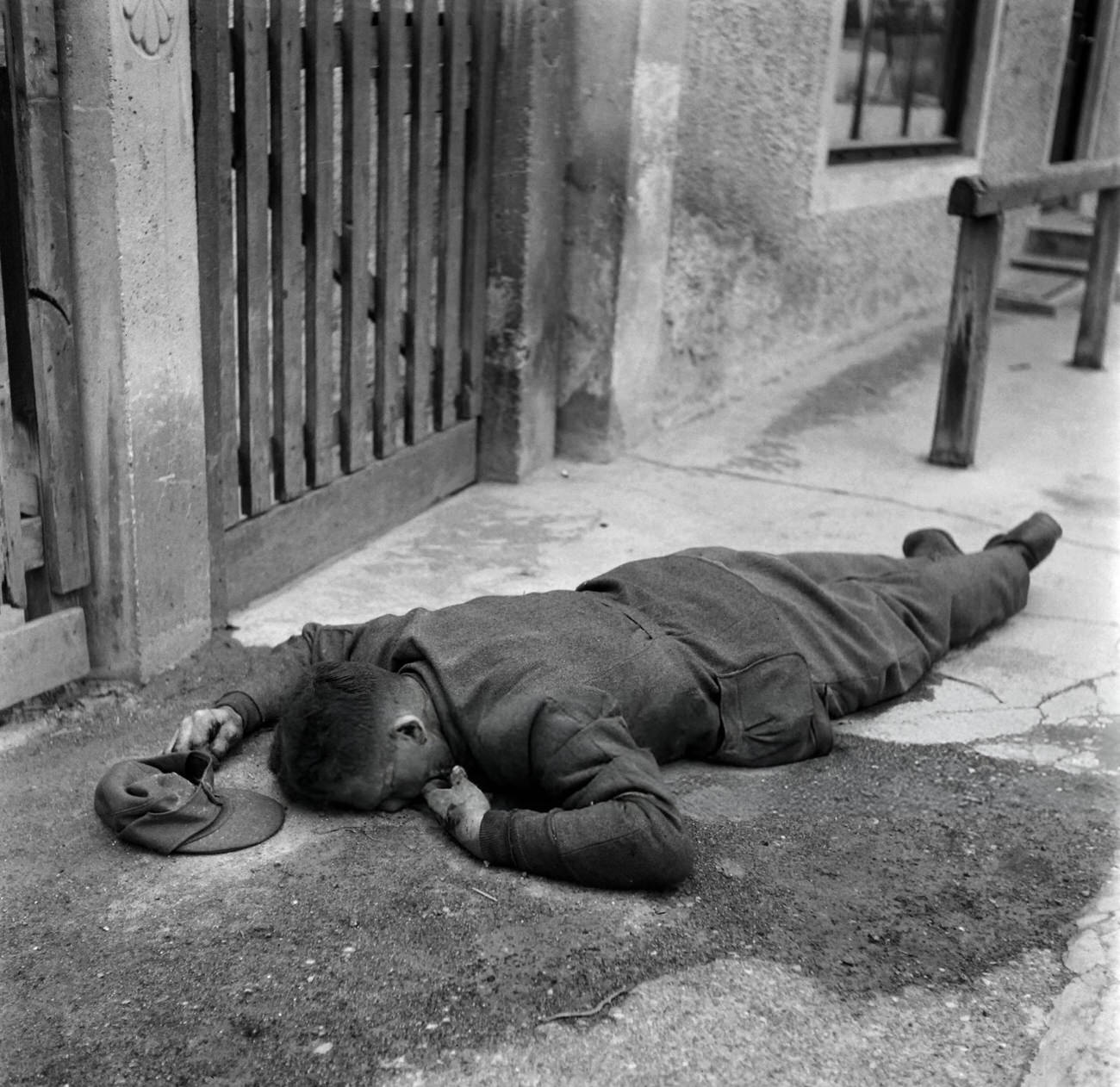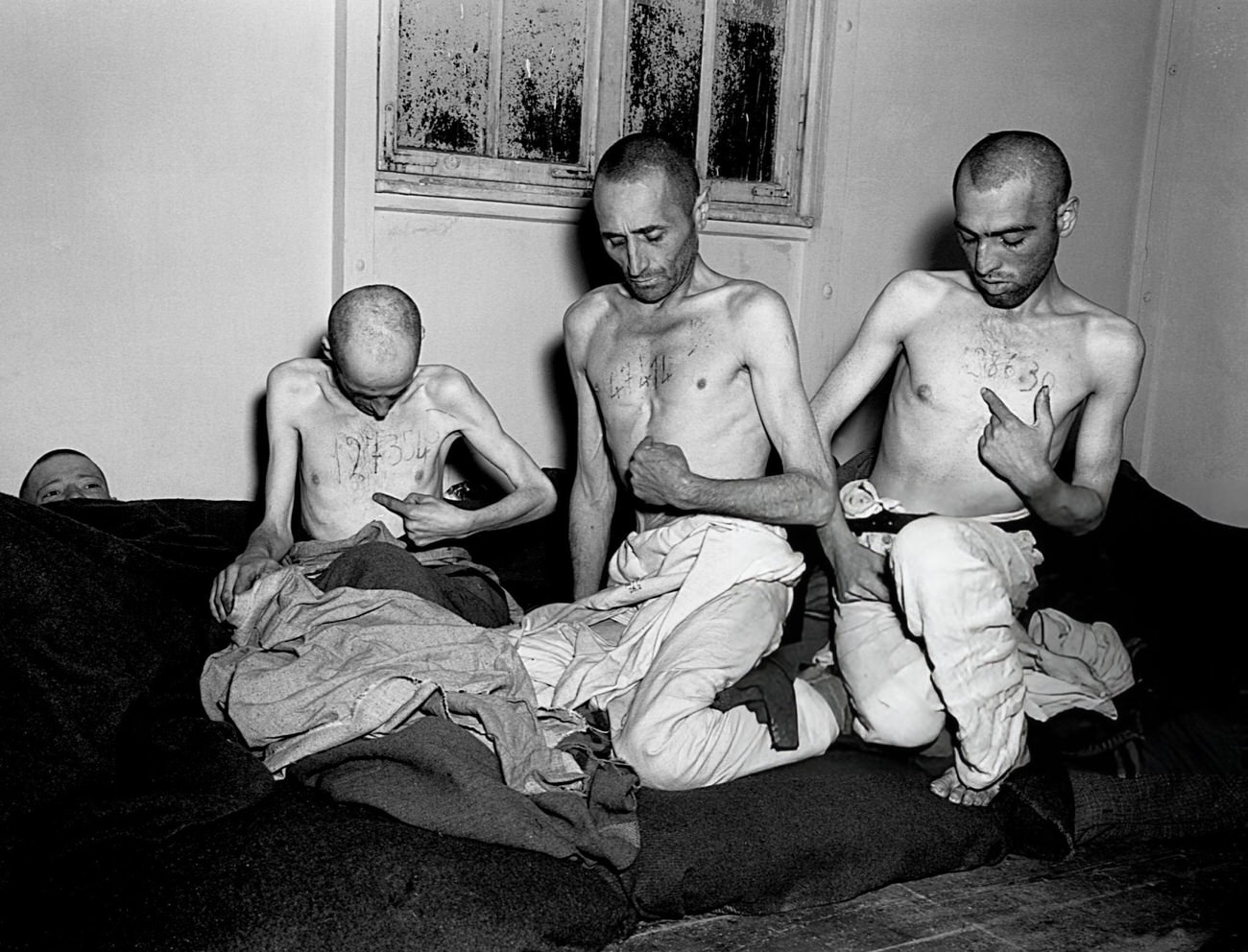In April 1945, one of the most significant events in the history of World War II took place: the liberation of the Buchenwald concentration camp. Located near Weimar, Germany, Buchenwald was one of the largest concentration camps run by the Nazis. Its liberation by Allied forces brought global attention to the horrors committed by the Nazi regime and helped expose the brutal conditions people endured there. The liberation of Buchenwald was a moment of immense relief for the prisoners, but it also marked a turning point in the world’s understanding of the Holocaust and Nazi war crimes.
The Background of Buchenwald
Buchenwald was established in July 1937 by the Nazi regime, well before the outbreak of World War II. It was originally designed as a place to imprison political opponents—people who spoke out against the Nazi government. However, the camp’s role quickly expanded. Soon, Jews, Romani people, disabled individuals, homosexuals, and other groups the Nazis deemed undesirable were sent there.
The camp’s location in a forested area near the city of Weimar allowed the Nazis to hide much of what went on inside its fences. Despite the beautiful setting, life inside Buchenwald was anything but peaceful. The camp was a place of constant terror, starvation, disease, and death. The SS guards in charge of Buchenwald treated the prisoners with extreme cruelty. Over 250,000 people were imprisoned there during the camp’s existence, and an estimated 56,000 prisoners died due to starvation, forced labor, medical experiments, and brutal punishments..
Read more
Conditions Inside the Camp
Buchenwald’s prisoners were forced to live in terrible conditions. The camp was overcrowded, and the barracks where prisoners lived were filthy and filled with lice and disease. There was very little food, and what was provided was barely enough to survive. Prisoners received watery soup and a small piece of bread daily, which left most of them malnourished. As a result, many prisoners became weak and sick.
The work demanded of the prisoners was grueling. They were often forced to labor in nearby factories, producing weapons and equipment for the German war effort. Some were made to work in stone quarries or in the construction of roads. The SS officers had no regard for the health or safety of the prisoners, and many died from exhaustion, disease, or mistreatment. Guards would often beat prisoners for no reason, and public executions were common.
Buchenwald was also a site of horrific medical experiments. SS doctors used prisoners as human test subjects, conducting experiments that often resulted in death or permanent injury. These experiments were part of the Nazi regime’s broader effort to further its racist ideology by studying ways to “improve” the Aryan race while viewing others as expendable.
The Approach of Allied Forces
By 1945, it was clear that Nazi Germany was losing the war. Allied forces were closing in from both the east and the west. The Soviet Red Army was advancing from the east, while the Americans, British, and French were moving in from the west. As they pushed deeper into Germany, they began to discover the full extent of the concentration camp system.
Buchenwald, however, was not immediately in the path of the advancing armies. In early April 1945, the American forces were nearing the area, but the SS guards at Buchenwald were determined to hide evidence of their crimes. They began evacuating prisoners and sending them on death marches to other camps further from the front lines. During these marches, thousands of prisoners died from exhaustion, malnutrition, and brutal treatment by the guards. Those who remained in the camp were left in a desperate state.
Resistance Inside the Camp
Despite the harsh conditions, a secret resistance movement had formed inside Buchenwald. Led by prisoners of various nationalities, including Communists, Socialists, and even some military officers, the resistance worked to organize the inmates and keep hope alive. They communicated secretly and planned for the day they might be liberated. As the war turned in favor of the Allies, the resistance played a crucial role in delaying the camp’s evacuation.
When the SS began fleeing in early April 1945, the resistance took over many of the camp’s operations. They disabled the electric fences and took control of some of the camp’s watchtowers. This action helped prevent further mass killings by the SS in the final days before the Allies arrived. The resistance managed to save many lives by sabotaging the SS’s evacuation plans, making it harder for the guards to murder or transport large groups of prisoners.
The Liberation
On April 11, 1945, American forces arrived at Buchenwald. They were part of the U.S. Third Army, commanded by General George S. Patton. When the American troops entered the camp, they were met with scenes of horror. The prisoners, many of whom were starving and sick, greeted the soldiers with a mix of disbelief and relief. The Americans found piles of dead bodies, as well as the survivors who were barely alive.
The soldiers, unprepared for the full scope of the atrocities they witnessed, were shocked by what they found. The scale of suffering at Buchenwald was hard to comprehend. The survivors, many of whom had spent years enduring unimaginable abuse, were skeletal and weak. The camp itself was littered with evidence of the Nazi regime’s brutality: instruments of torture, the remains of mass graves, and abandoned medical facilities where experiments had been conducted.
Liberating Buchenwald was not just about freeing the prisoners, though that was the immediate priority. The Allies also began the process of documenting the crimes committed by the Nazis. Photographers and journalists accompanied the soldiers to capture evidence of the atrocities. This documentation would later be used in the Nuremberg Trials, where Nazi war criminals were held accountable for their actions.
The Aftermath
In the days following the liberation of Buchenwald, American troops worked quickly to provide food, medical care, and shelter for the survivors. Military doctors and nurses were brought in to treat the sick, and efforts were made to feed the starving prisoners. However, many of the survivors were too far gone to be saved, and some died even after the liberation due to the effects of prolonged malnutrition and disease.
News of the liberation spread quickly. The world was horrified to learn about the conditions inside Buchenwald and other camps like it. Newspapers published stories of the survivors, along with photographs that showed the reality of life in the camps. These images and reports brought the Holocaust into the public eye in a way that had not been fully understood before.
For the prisoners who survived, the end of their ordeal was bittersweet. Though they were finally free from the terror of the Nazi regime, many had lost family members, friends, and their health during their time in the camp. Some prisoners were too weak to return home immediately and had to stay in hospitals or displaced persons camps for months or even years after the war.
The World Responds
The liberation of Buchenwald was a key moment in exposing the full extent of Nazi atrocities. While the Allies had known about the existence of concentration camps, the true horror of these places had not been fully grasped until soldiers saw them firsthand. After the war, survivors from Buchenwald and other camps played an important role in bearing witness to the Holocaust. Their testimonies were used in trials and became part of the historical record, ensuring that the crimes committed by the Nazi regime would not be forgotten.
American soldiers who liberated the camp often spoke of the emotional toll it took on them to witness such suffering. Many were haunted for the rest of their lives by what they saw at Buchenwald. Some participated in the Nuremberg Trials as witnesses, while others worked to raise awareness of the Holocaust in the postwar years. Their accounts helped shape the world’s understanding of the moral and ethical responsibilities involved in preventing such atrocities from happening again.
Buchenwald’s liberation was not only a military victory but a humanitarian one as well. The camp had been a place of unspeakable horror, and its liberation symbolized the end of a regime built on hatred and cruelty. While the suffering of the prisoners could never be fully undone, the Allies’ actions ensured that justice could begin to be served.


